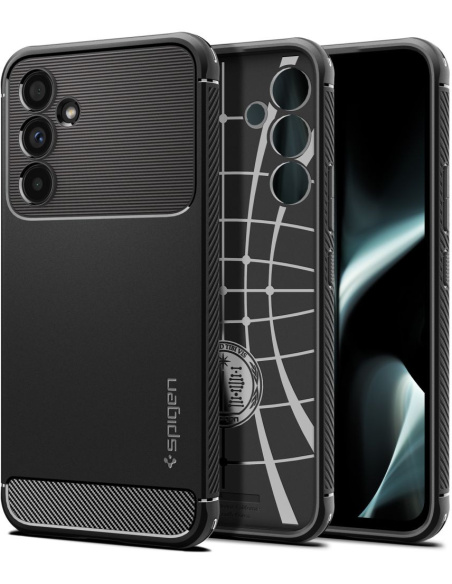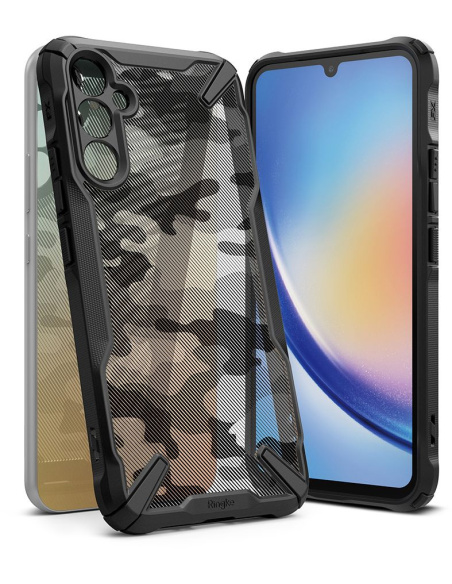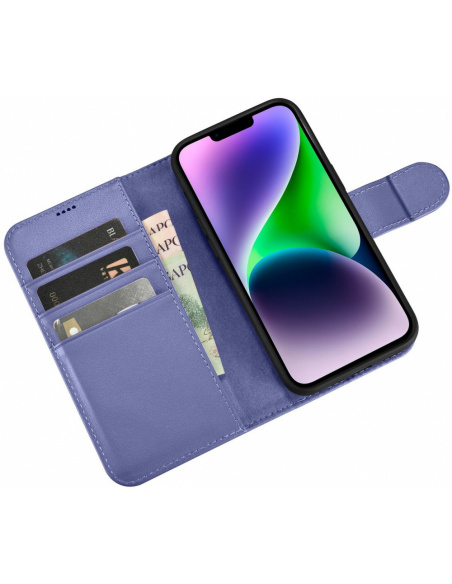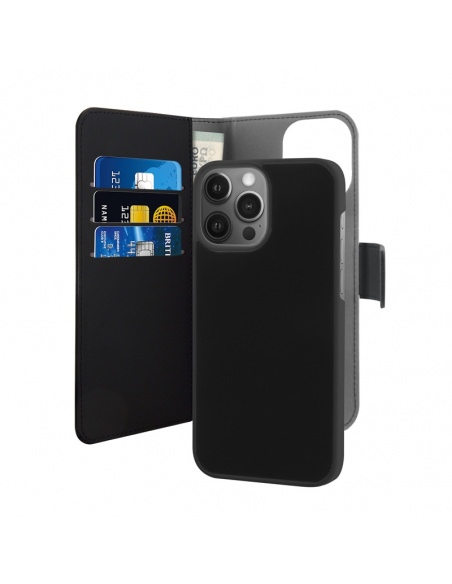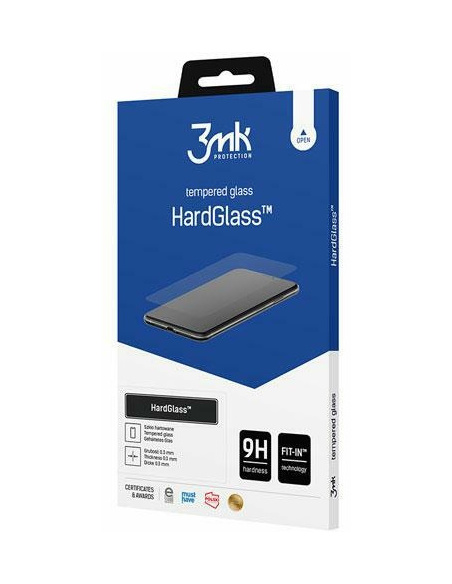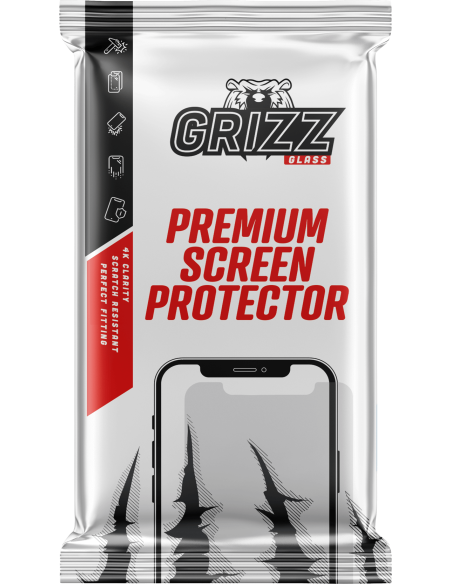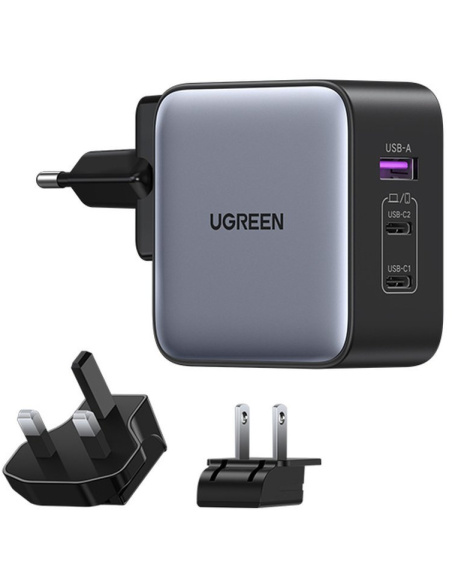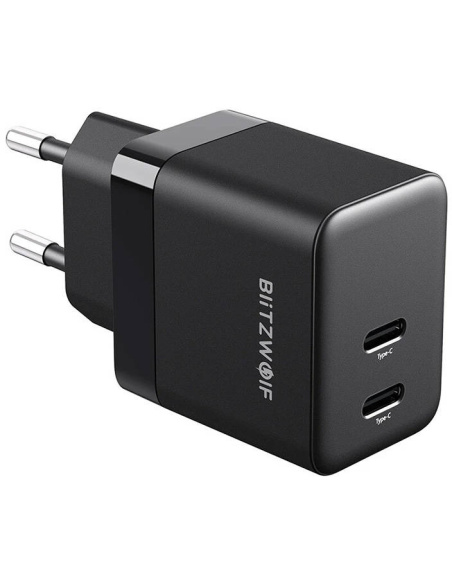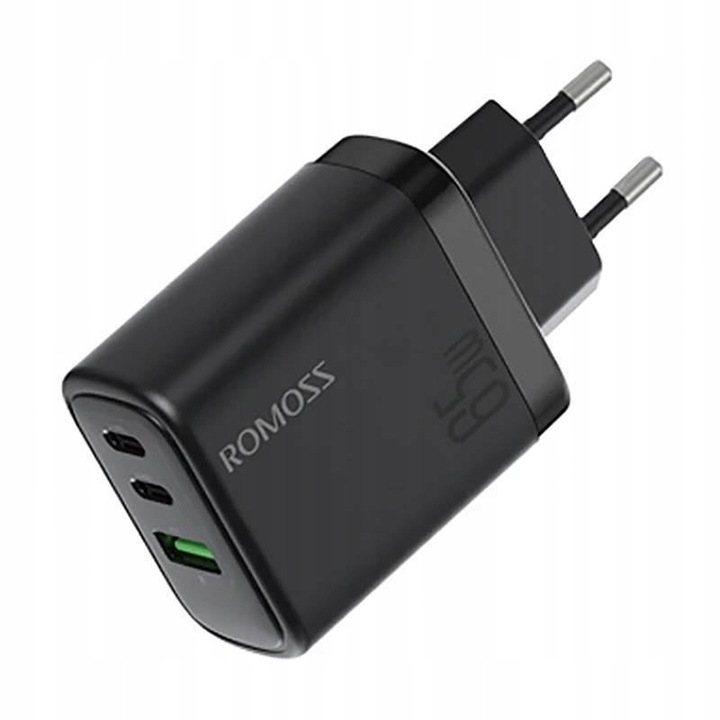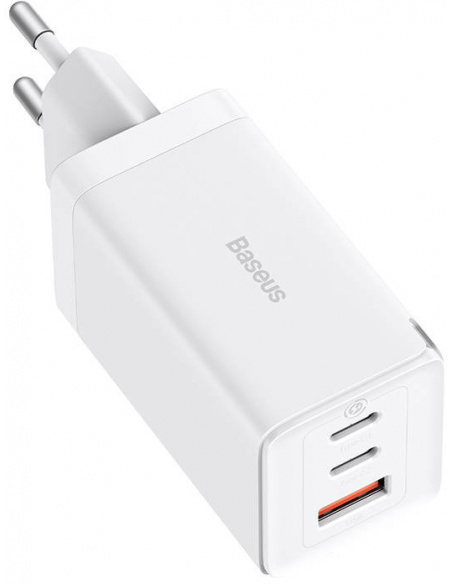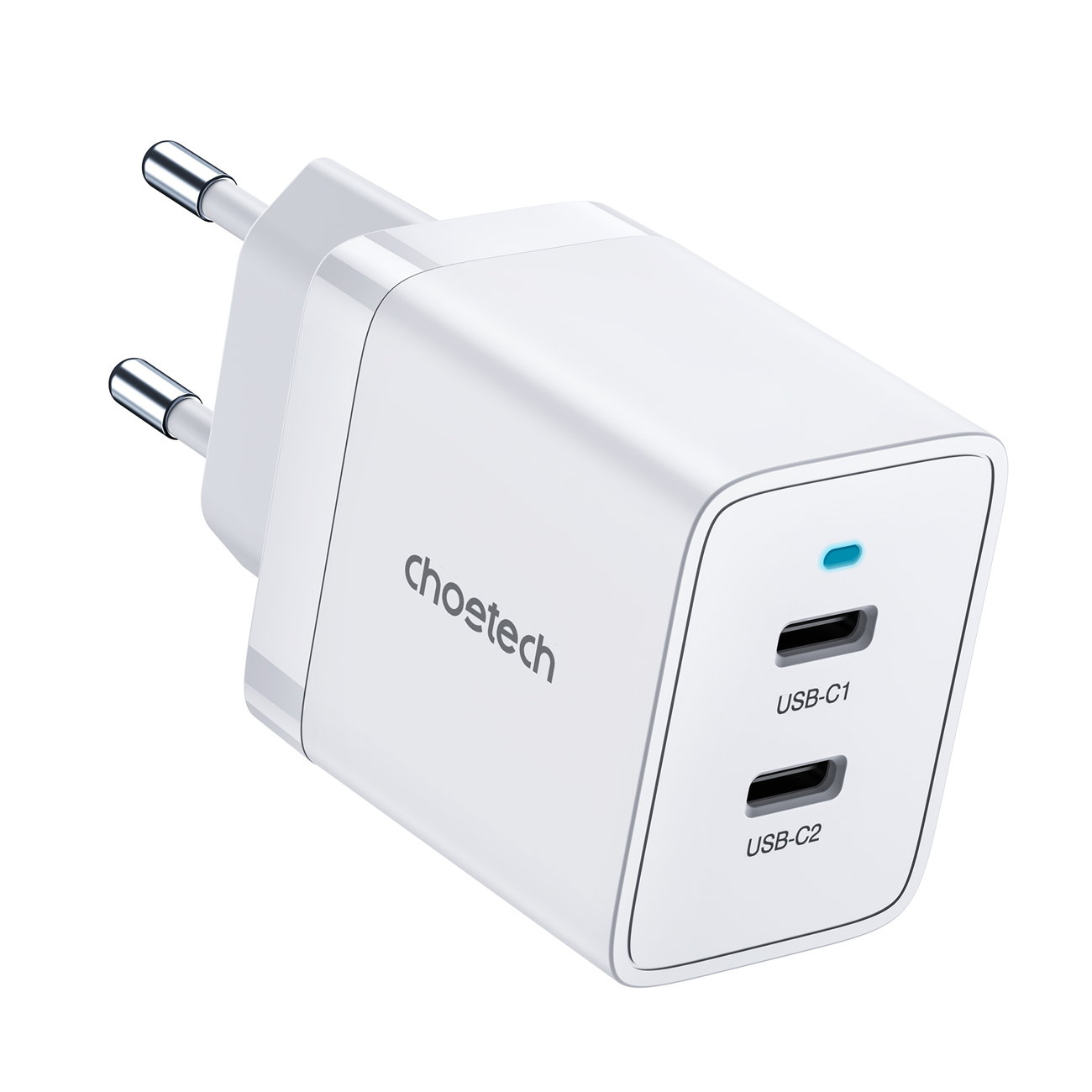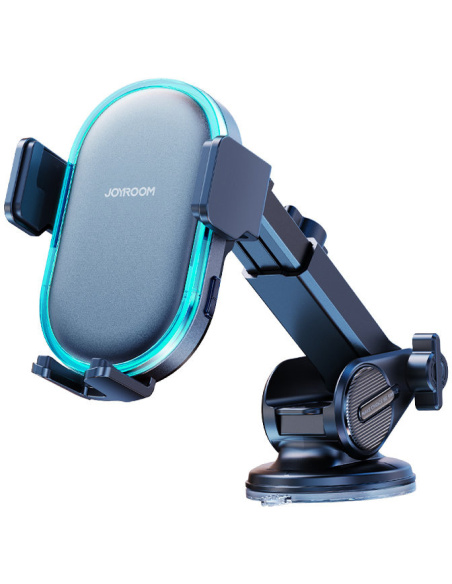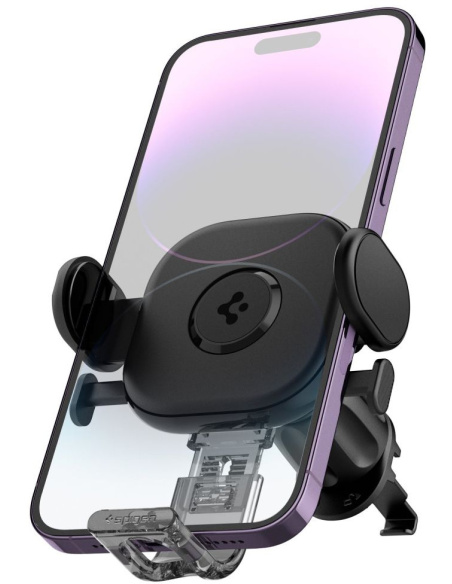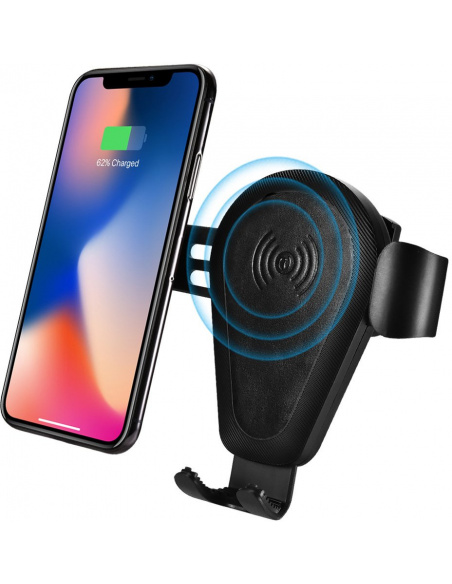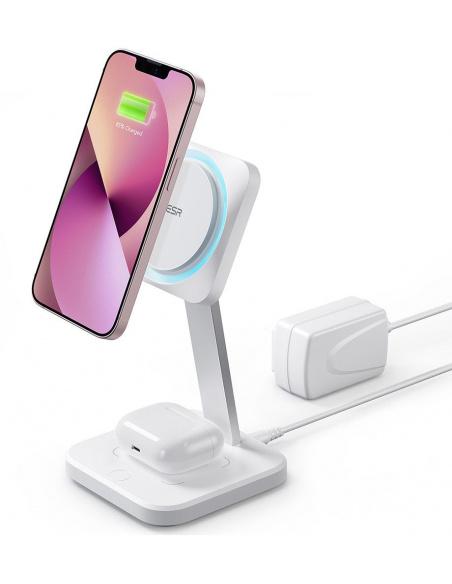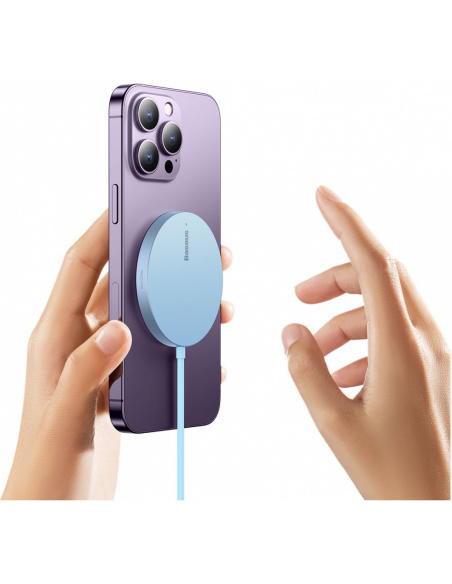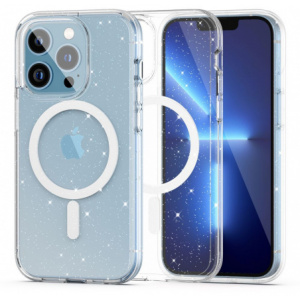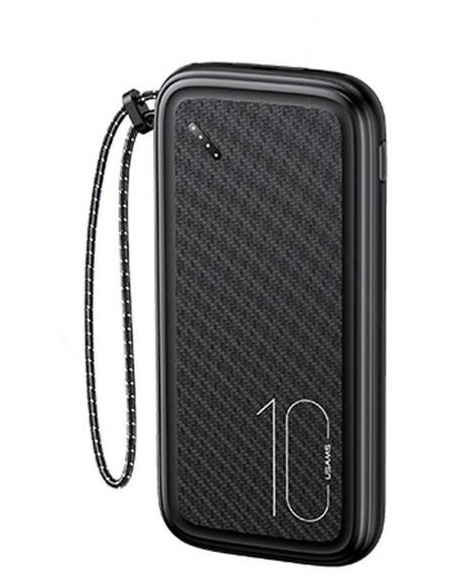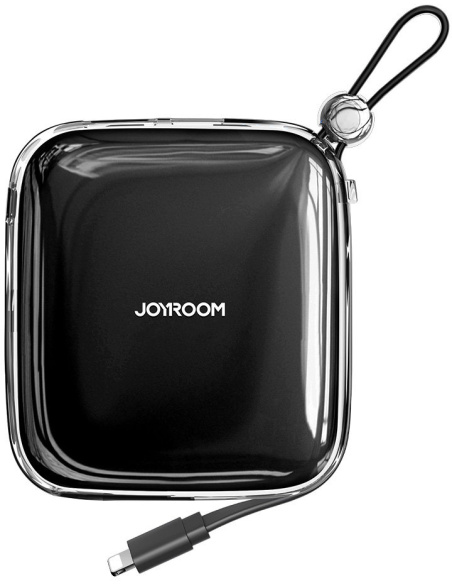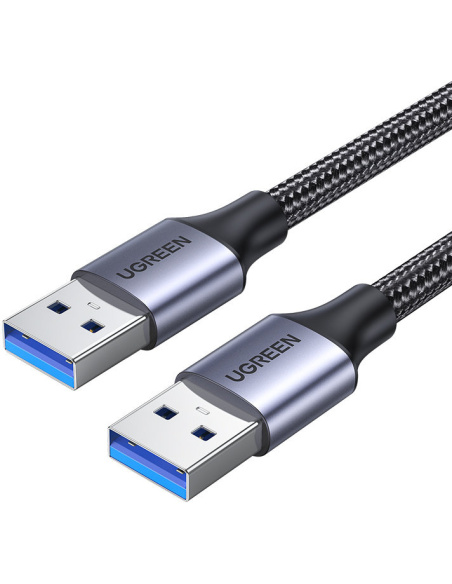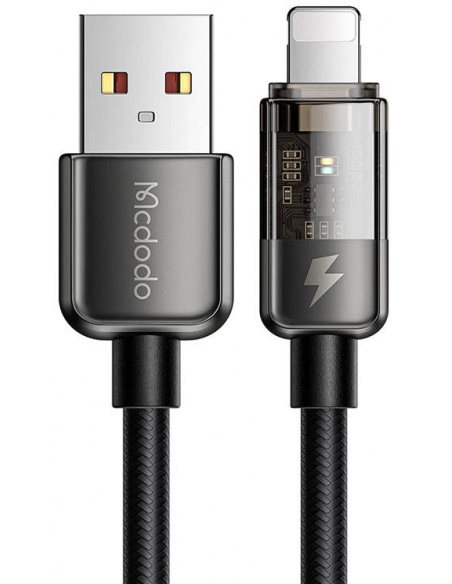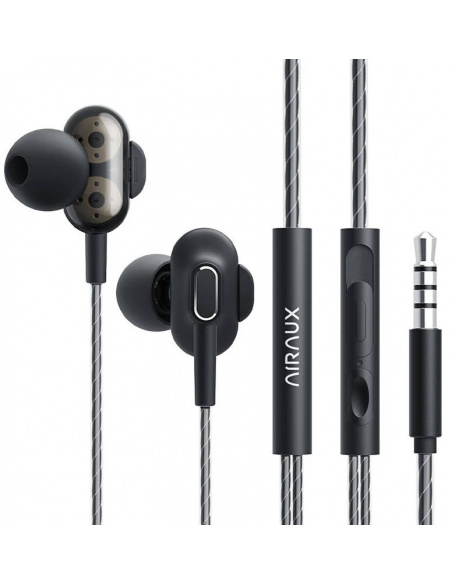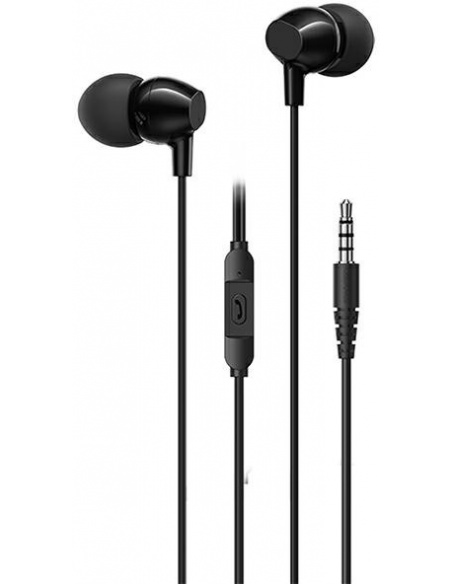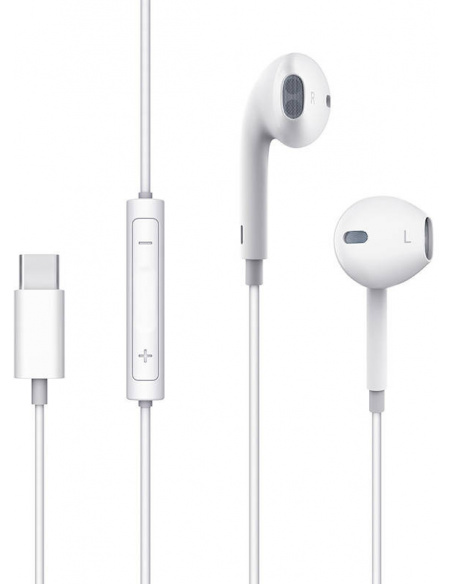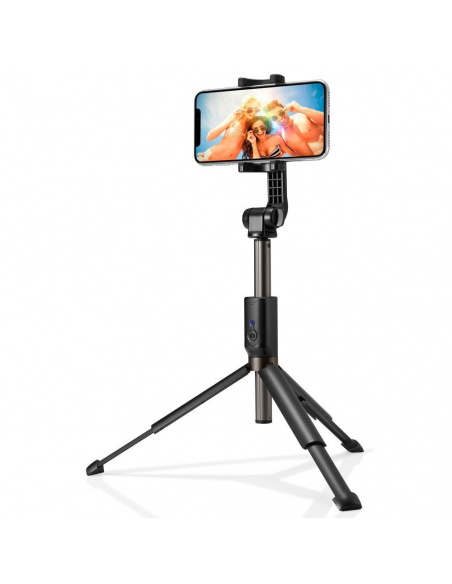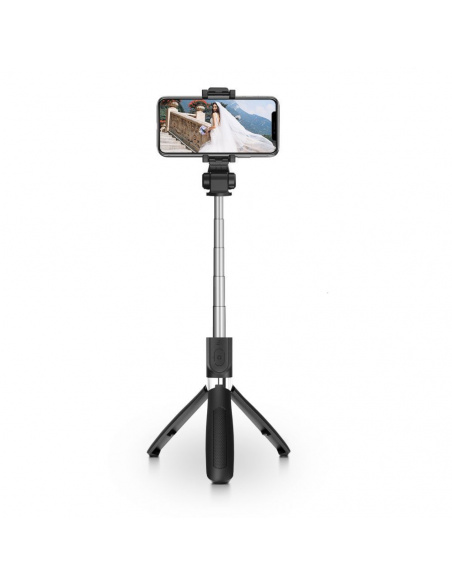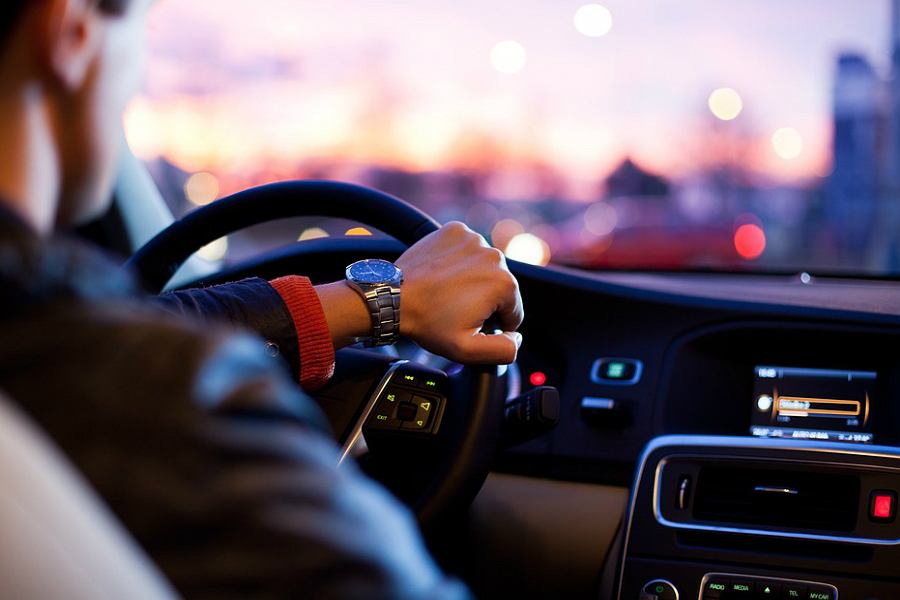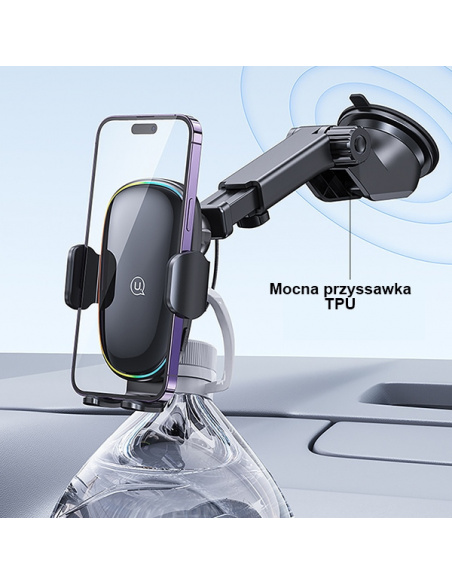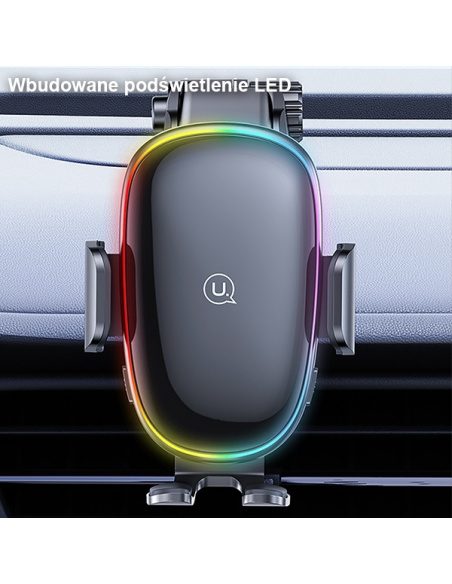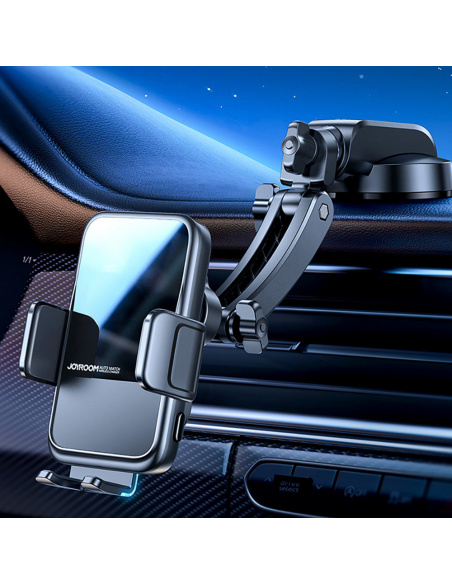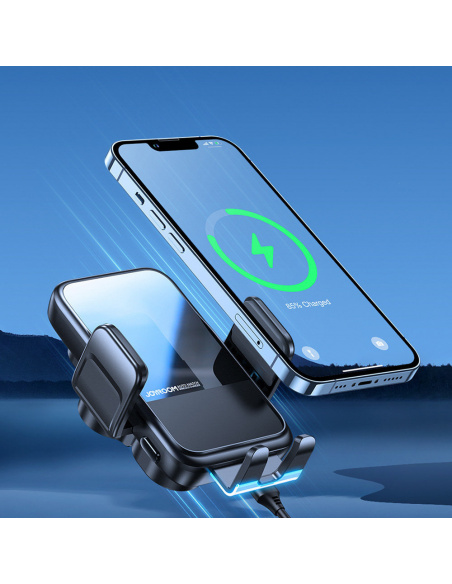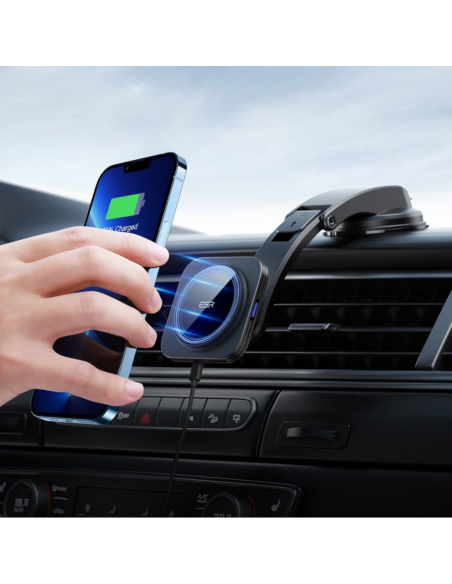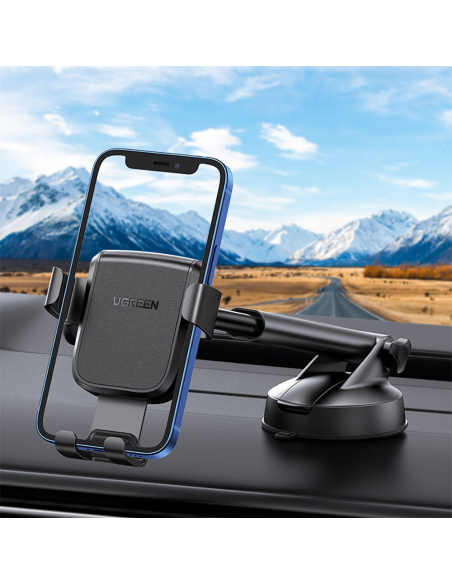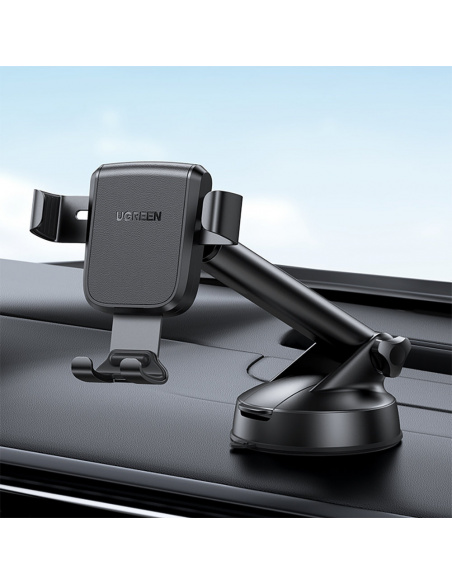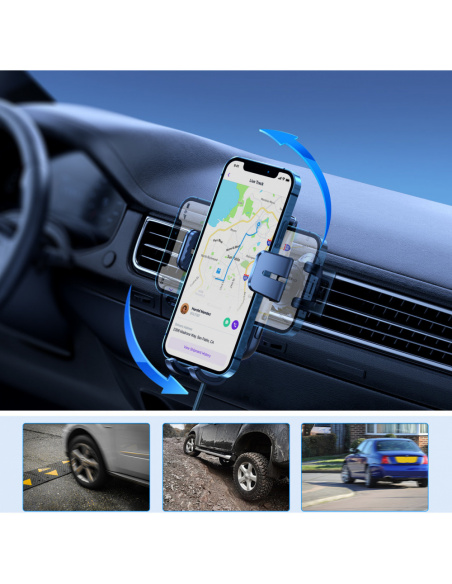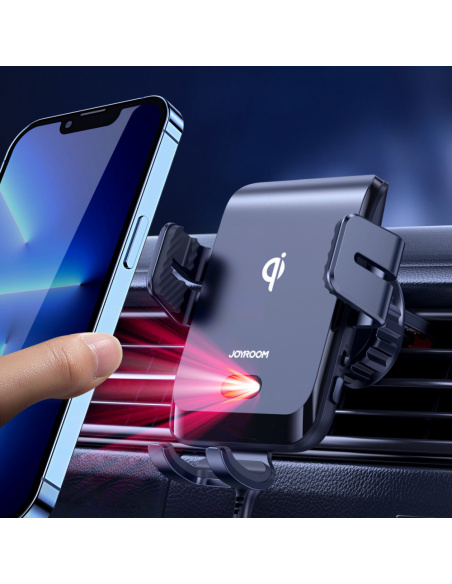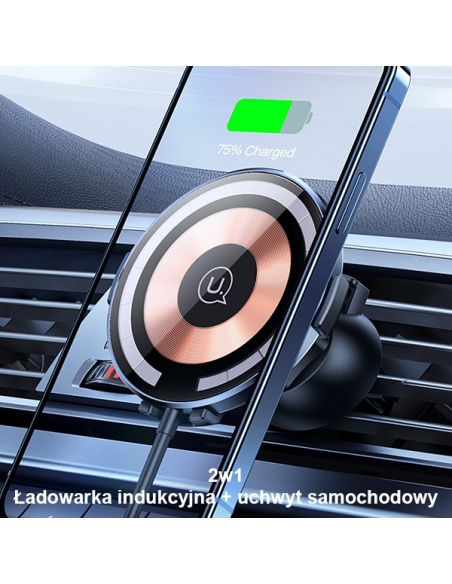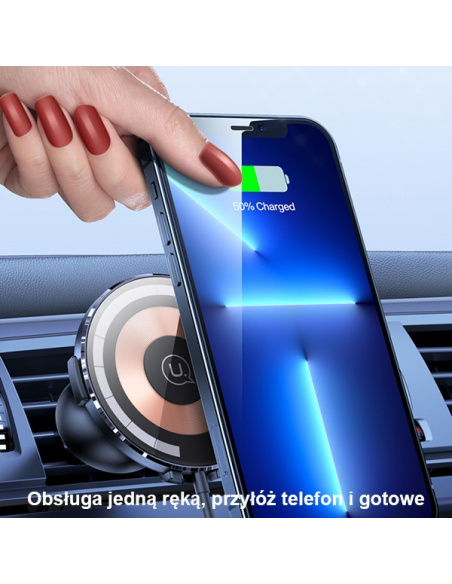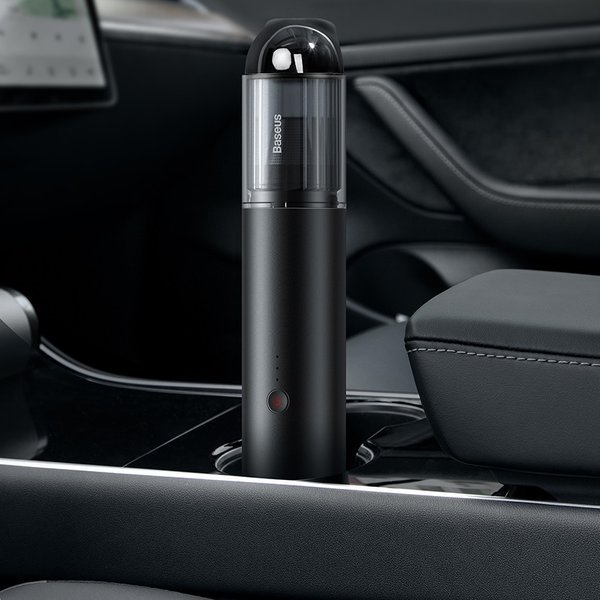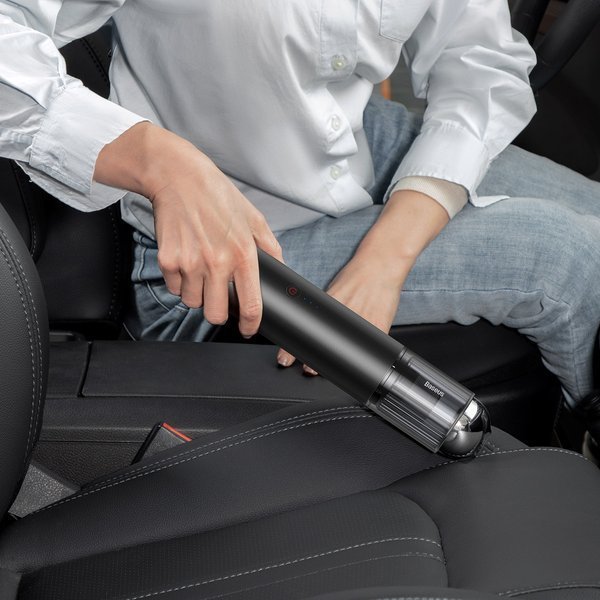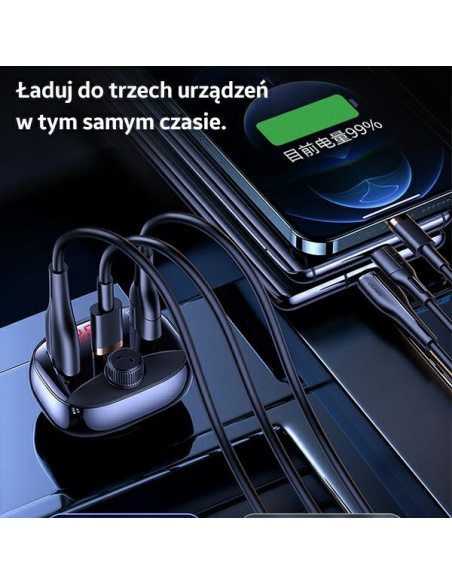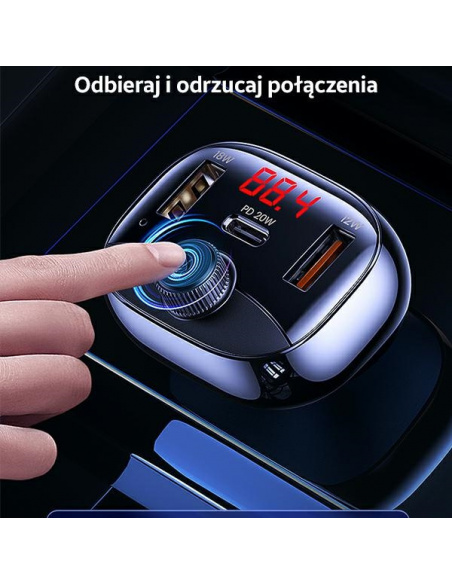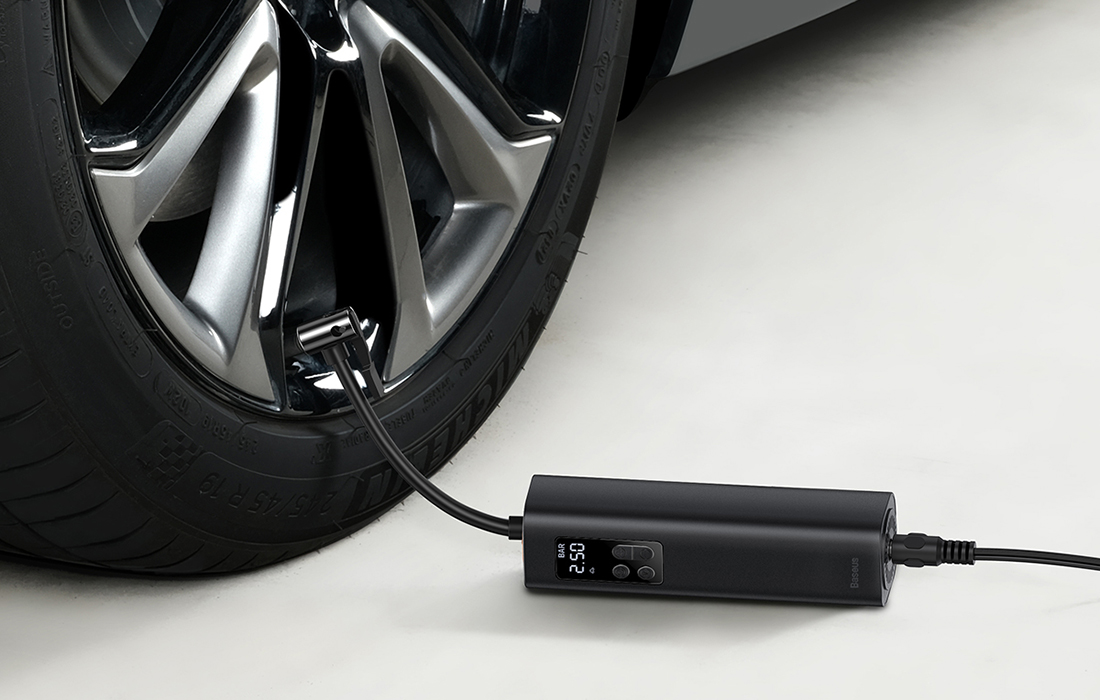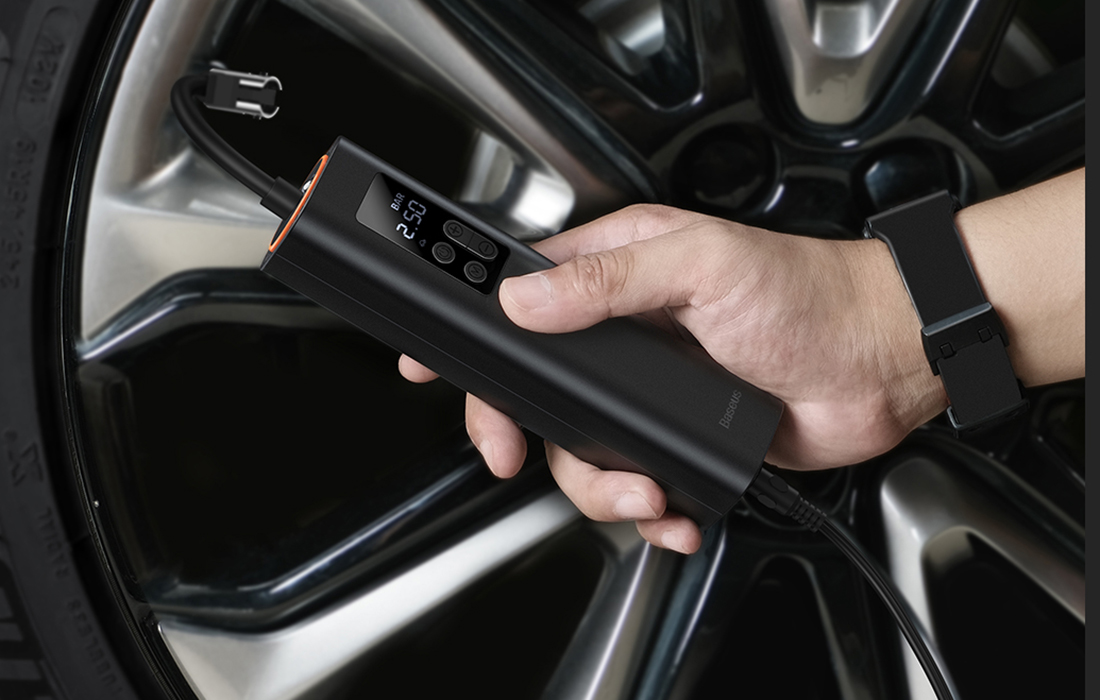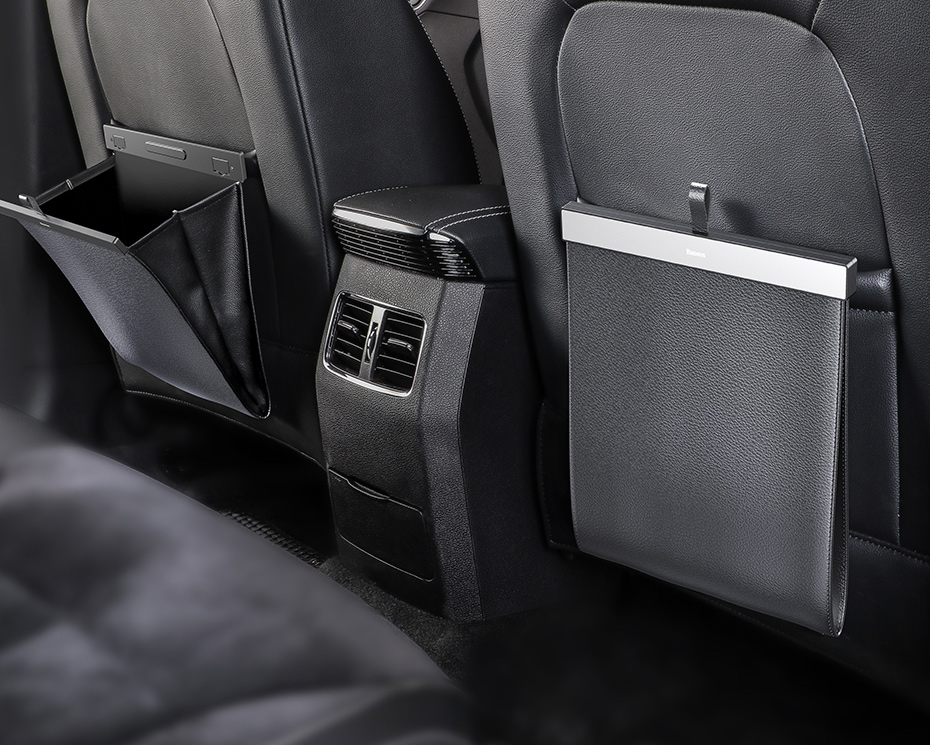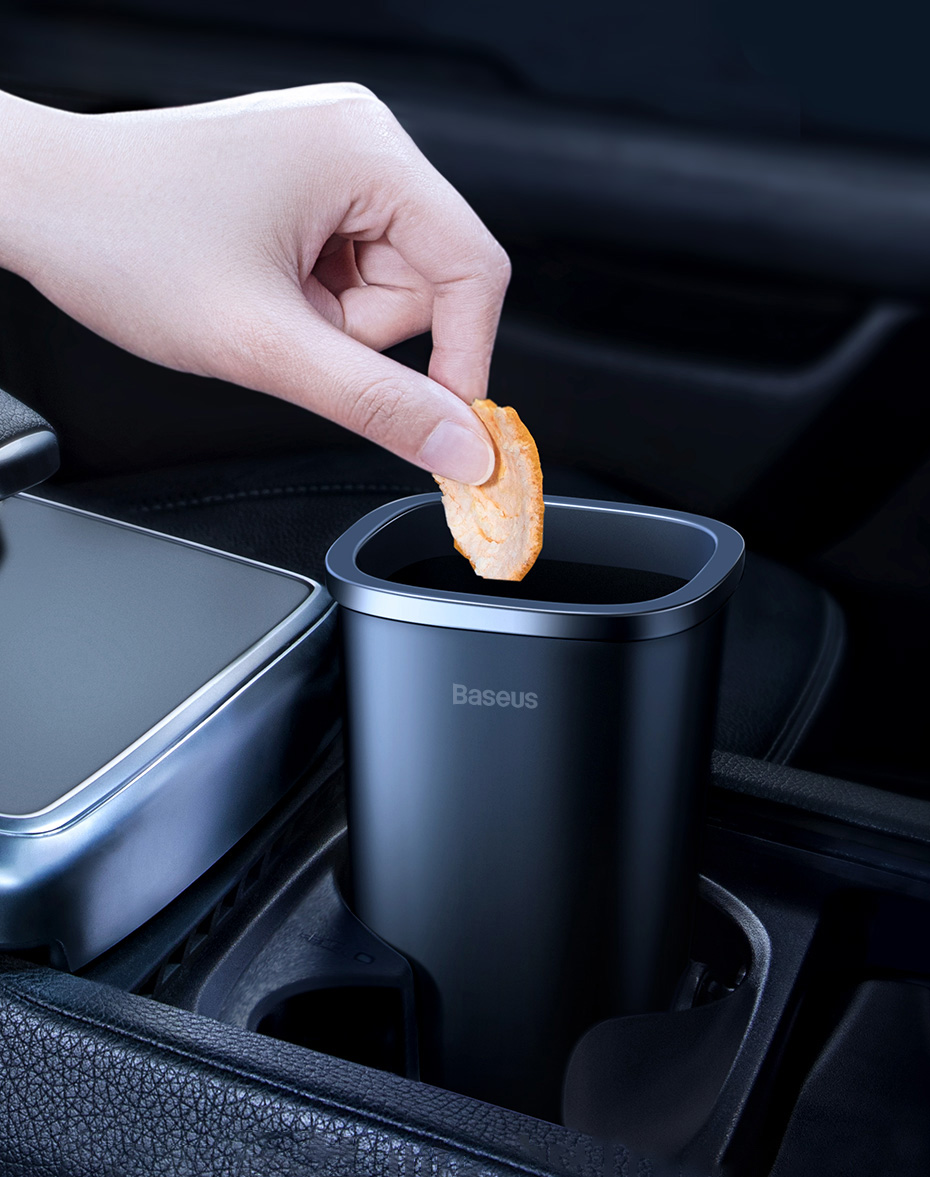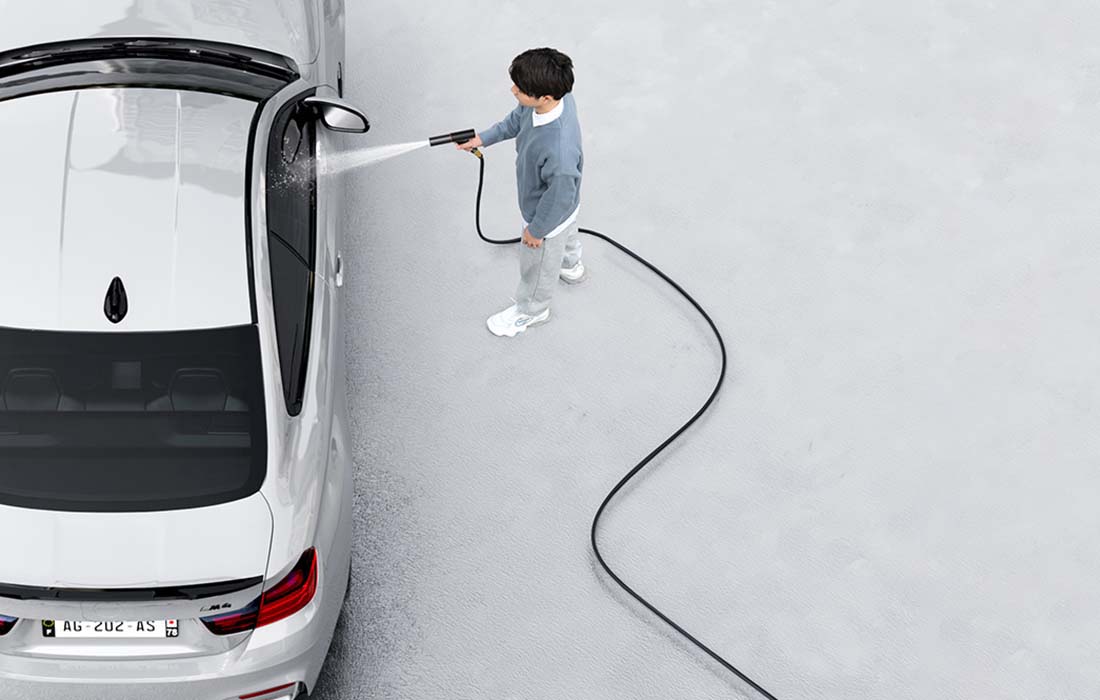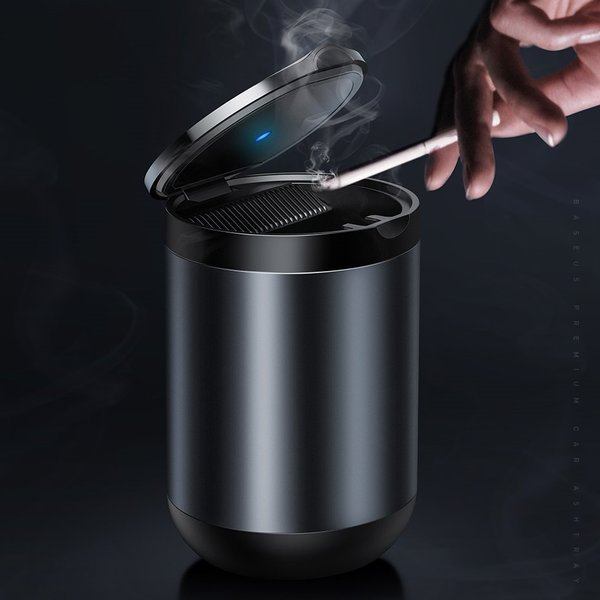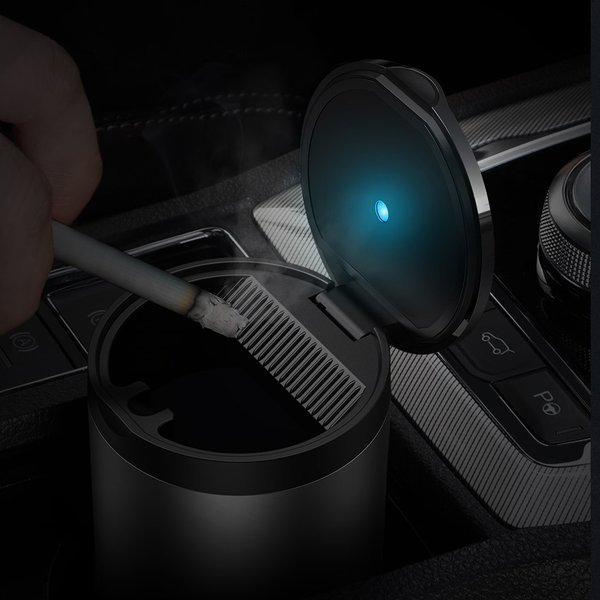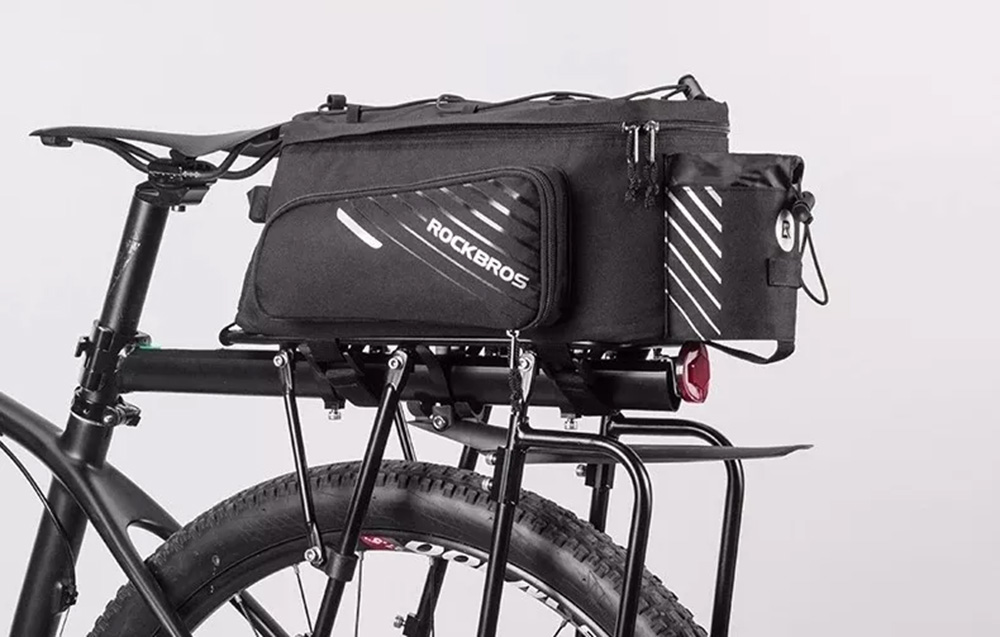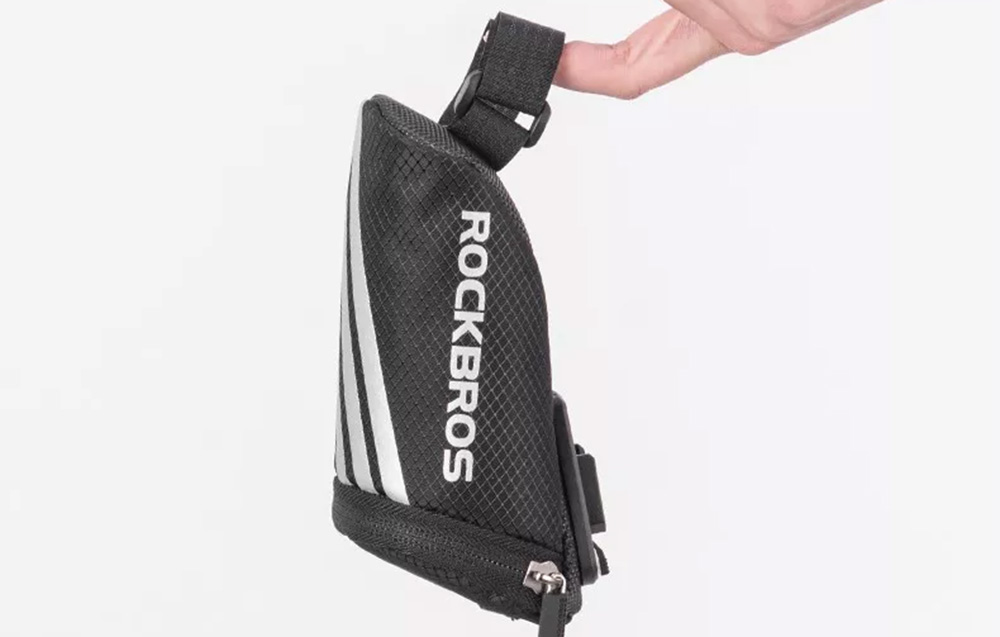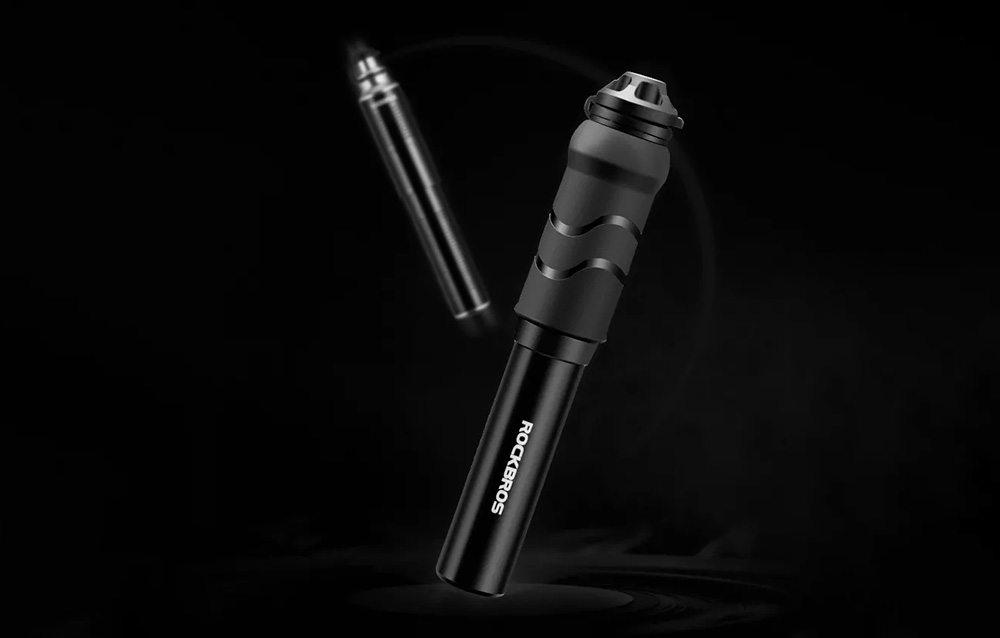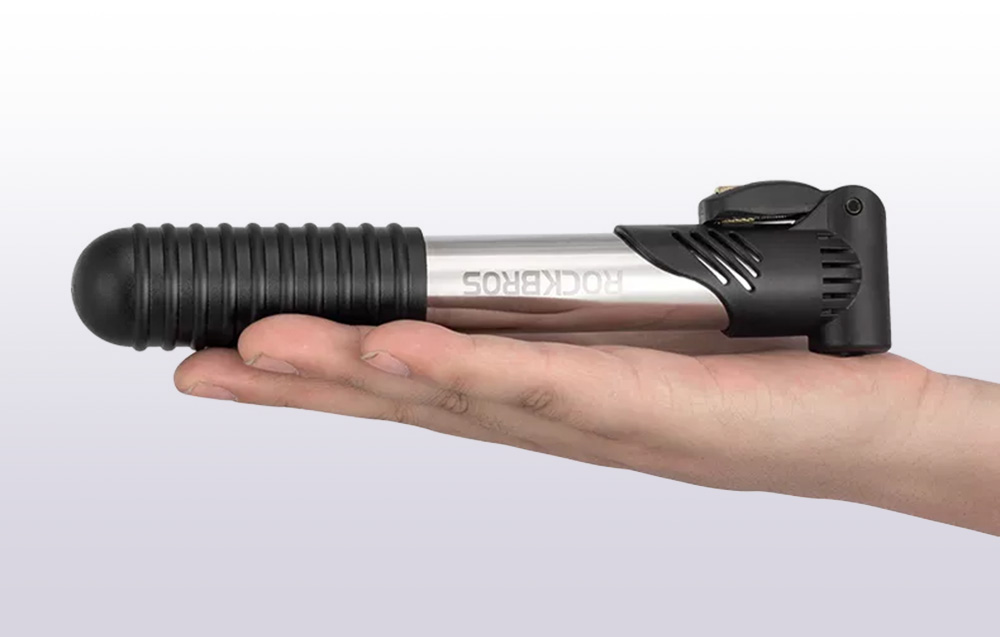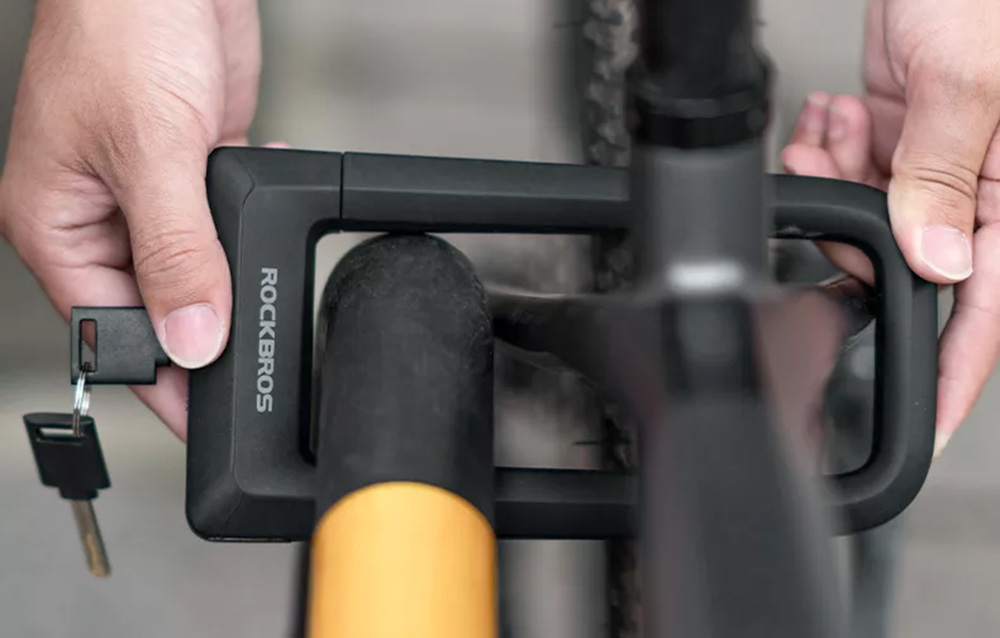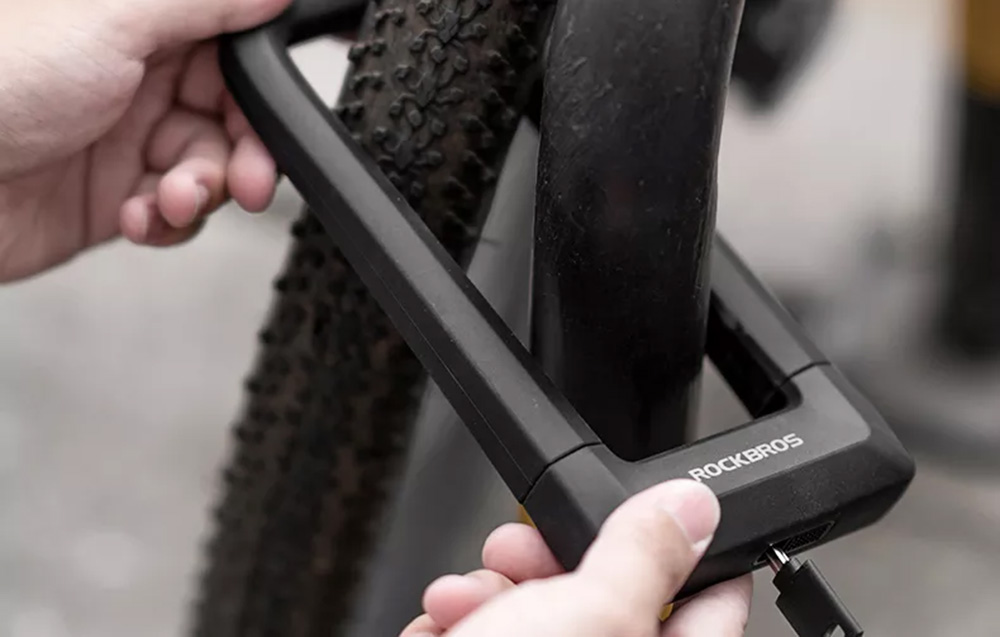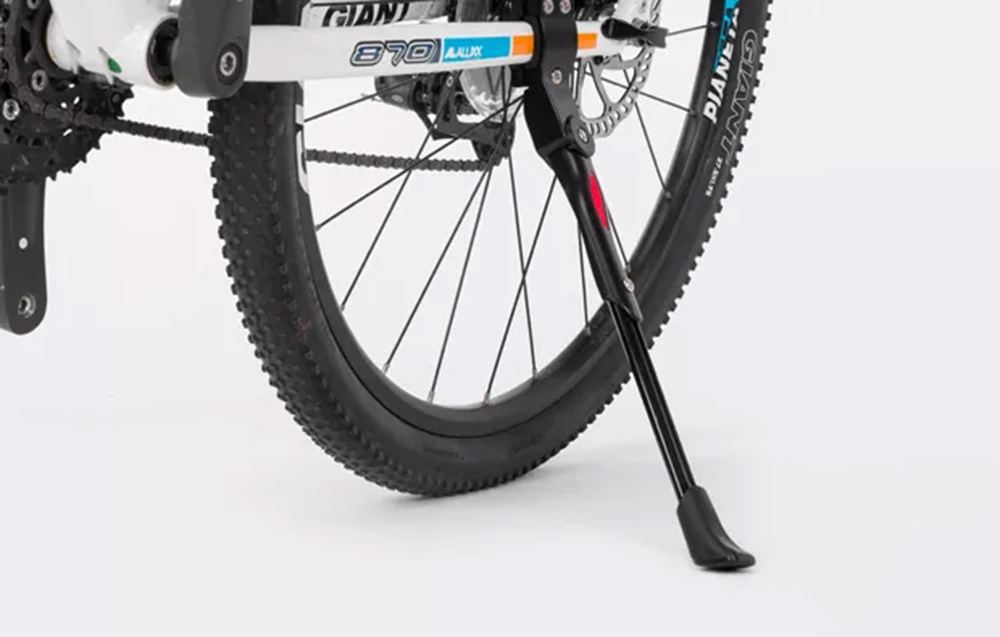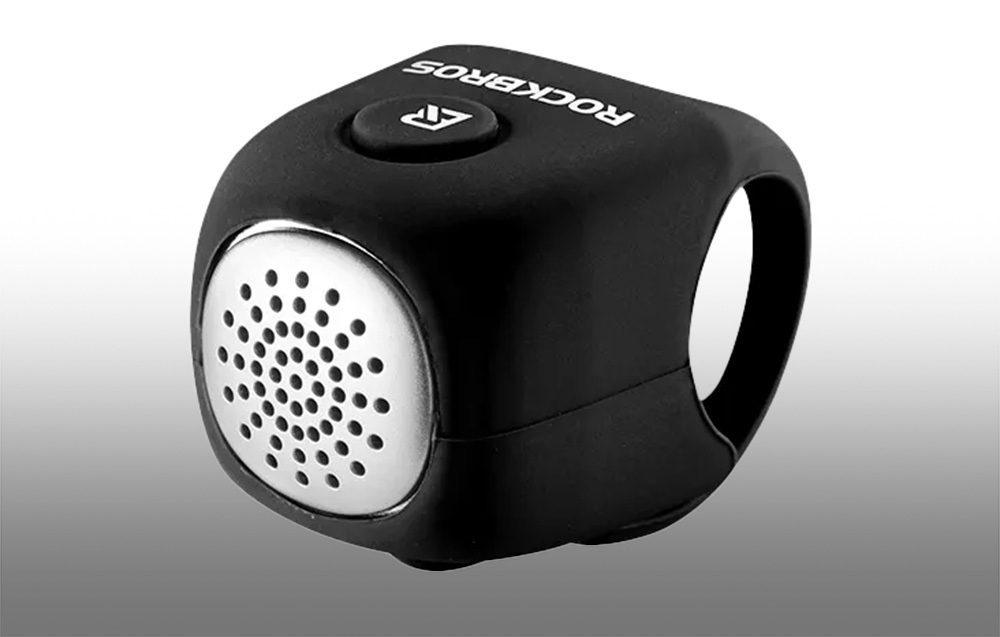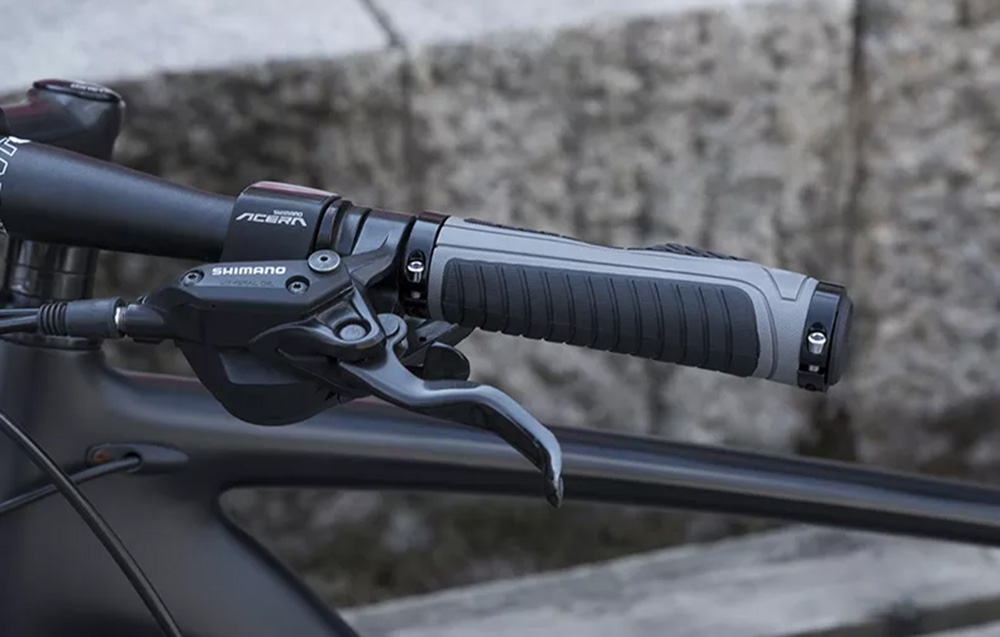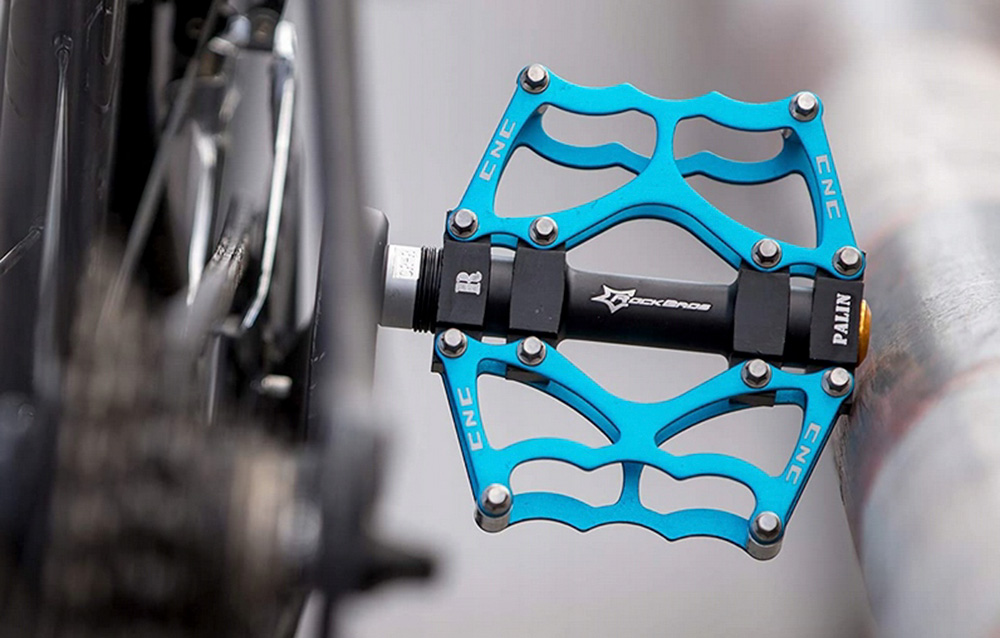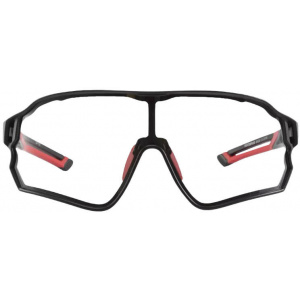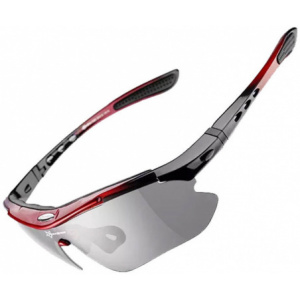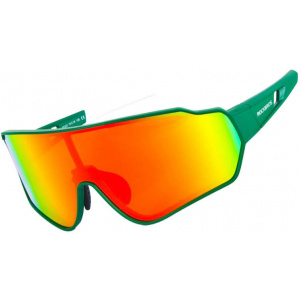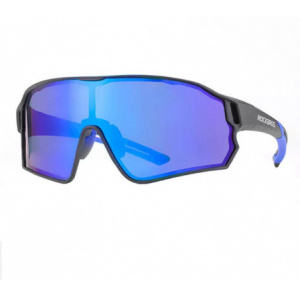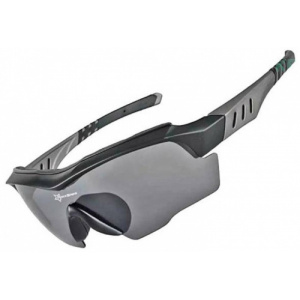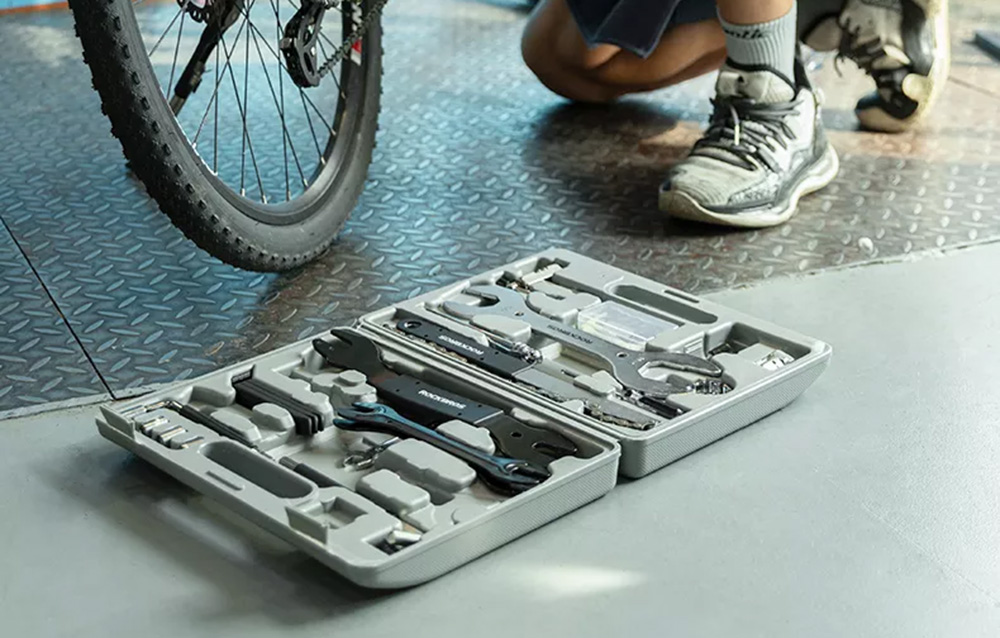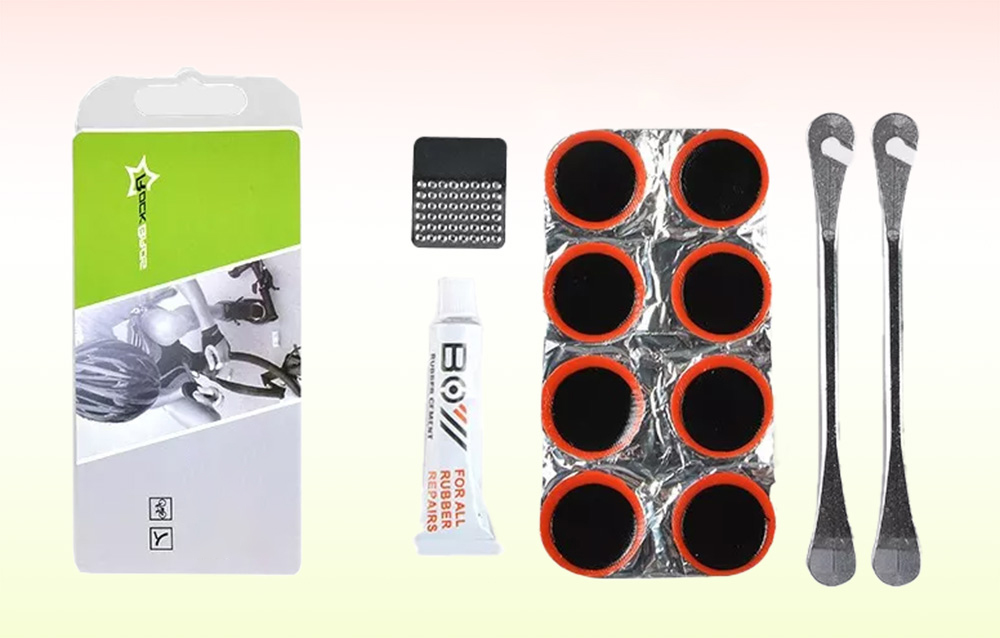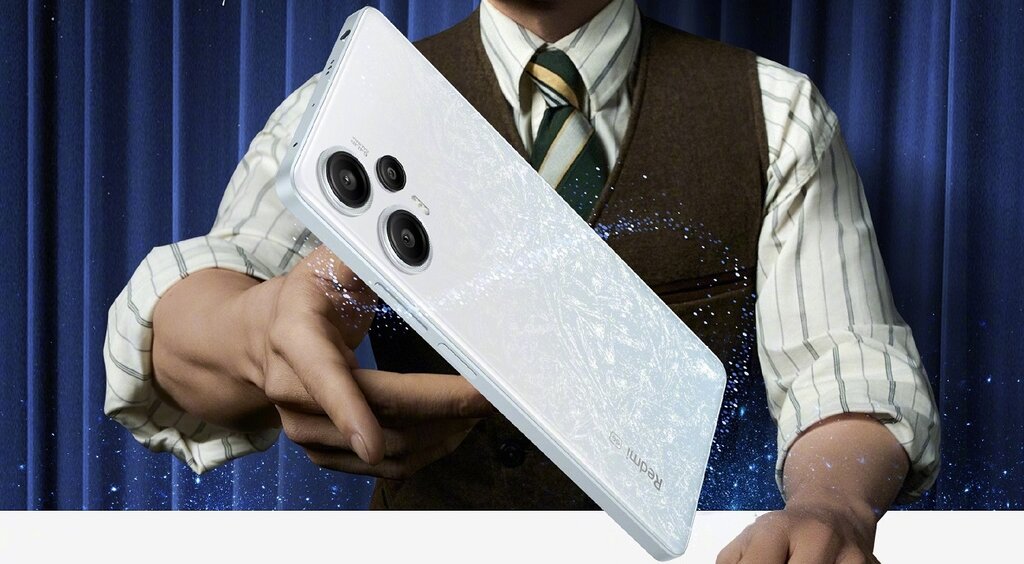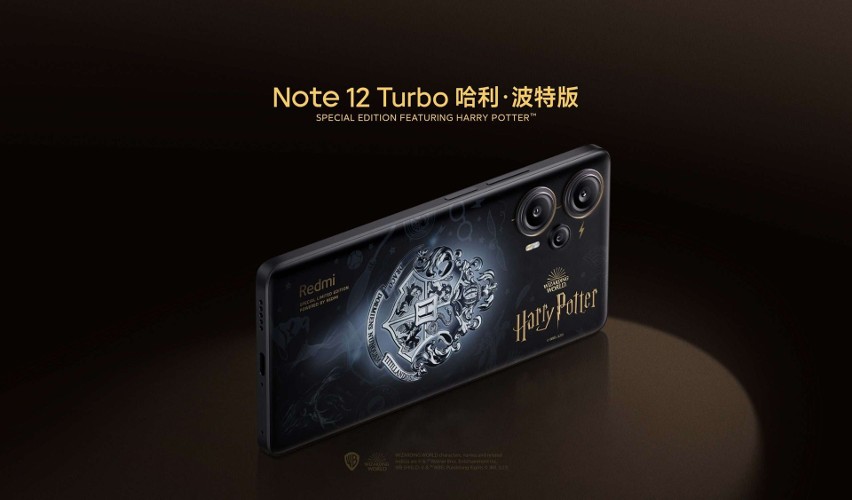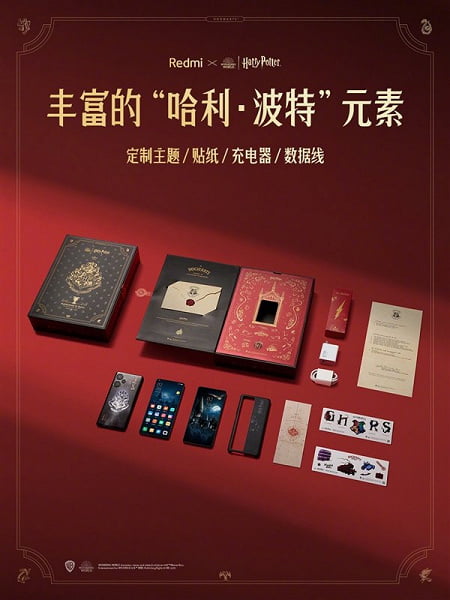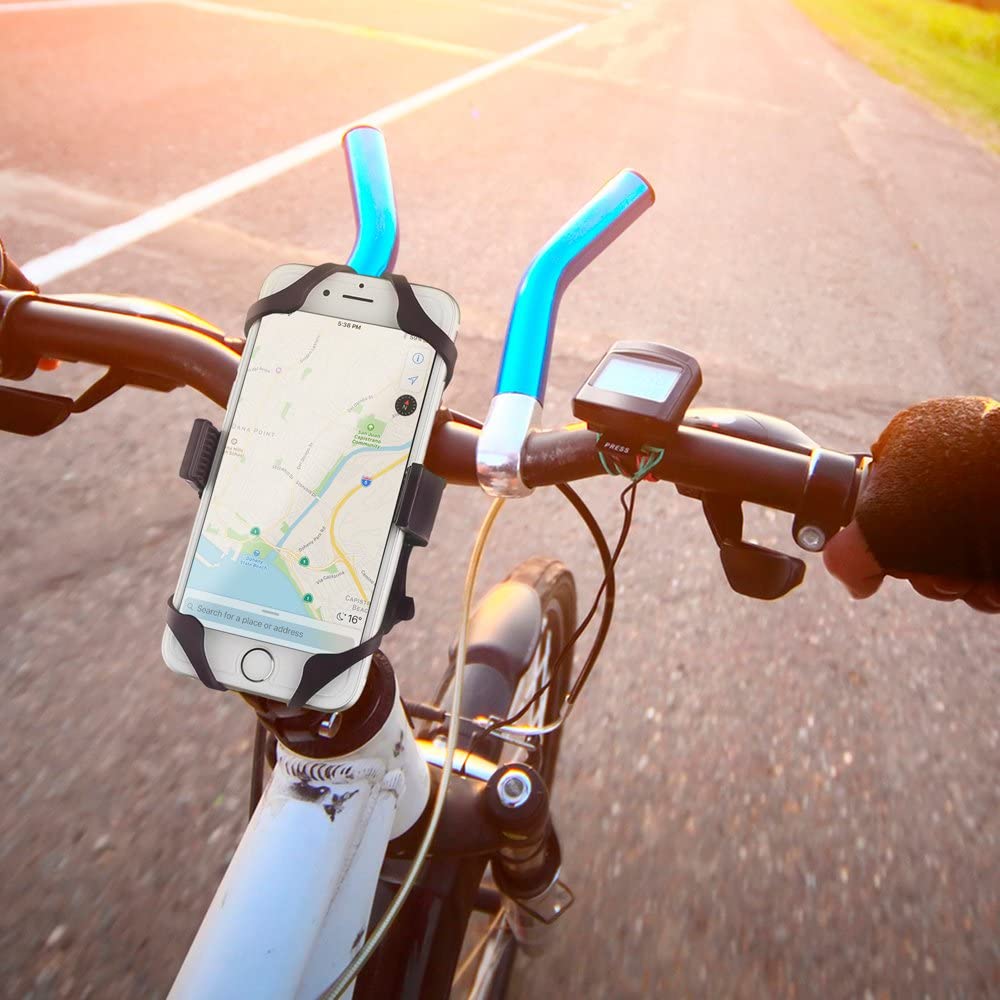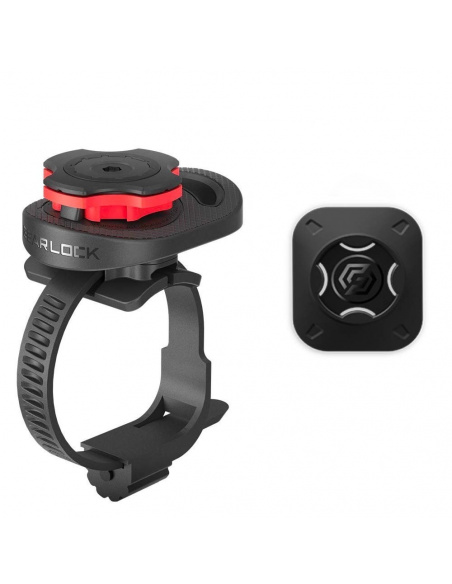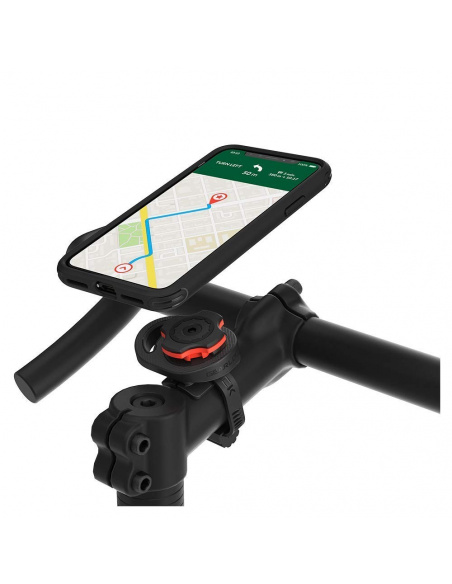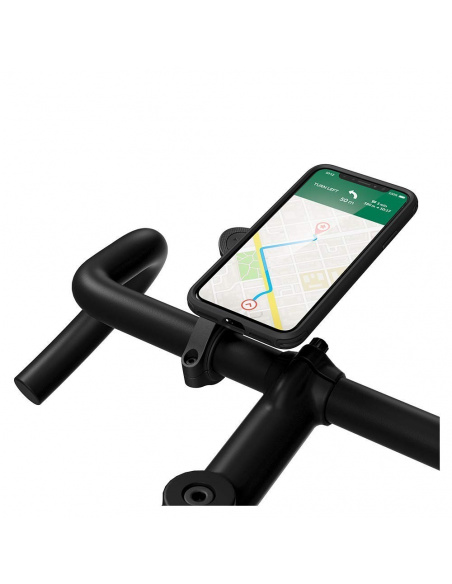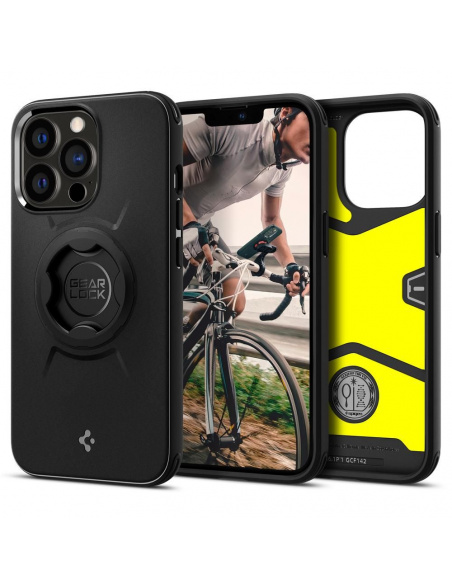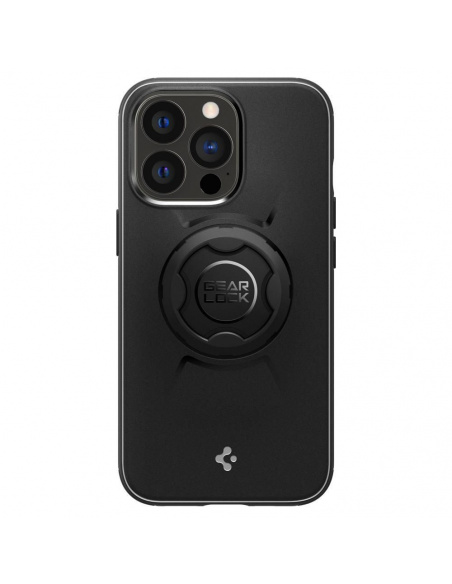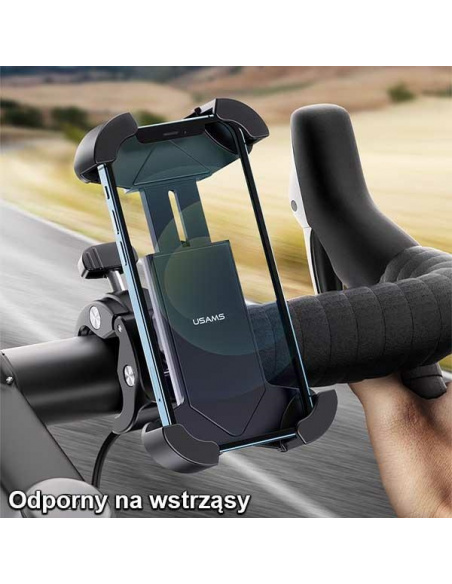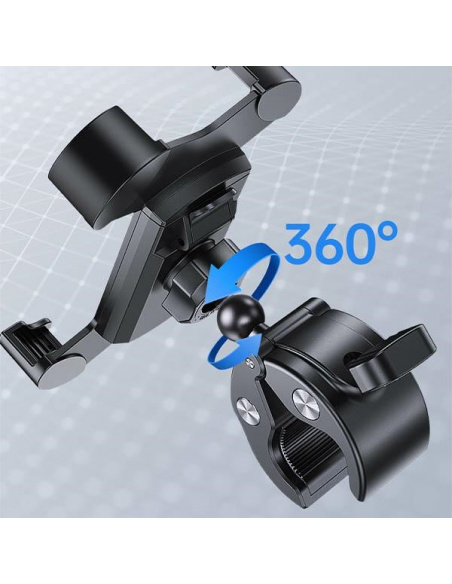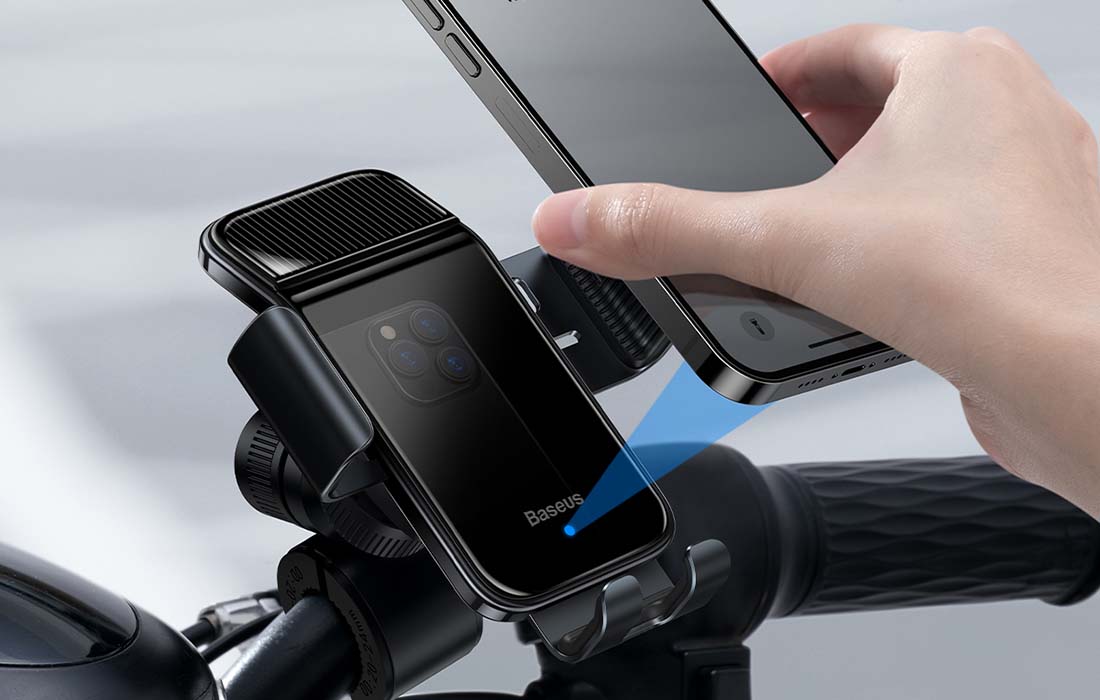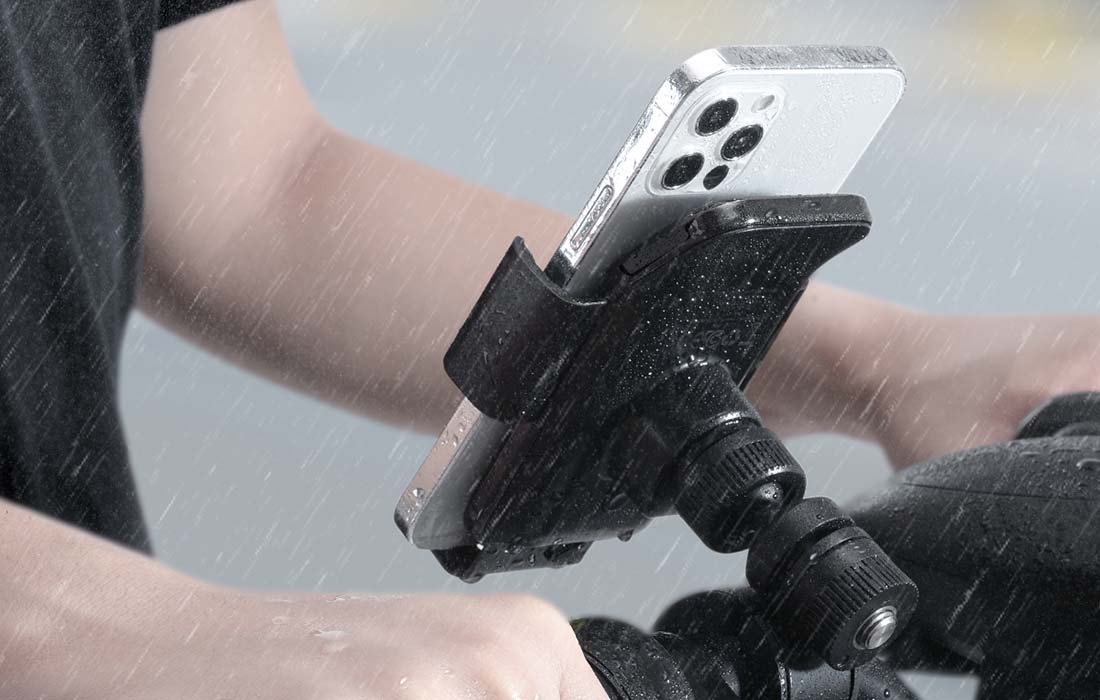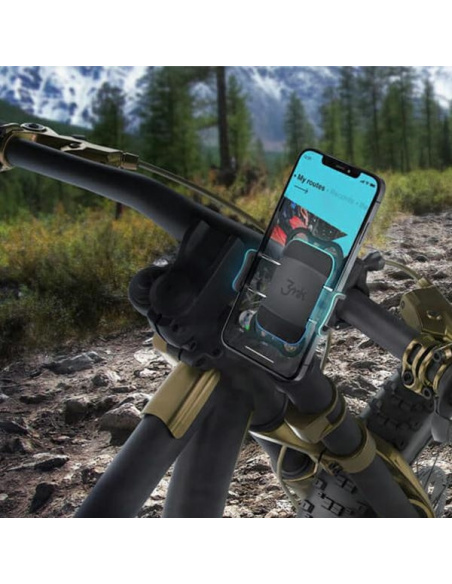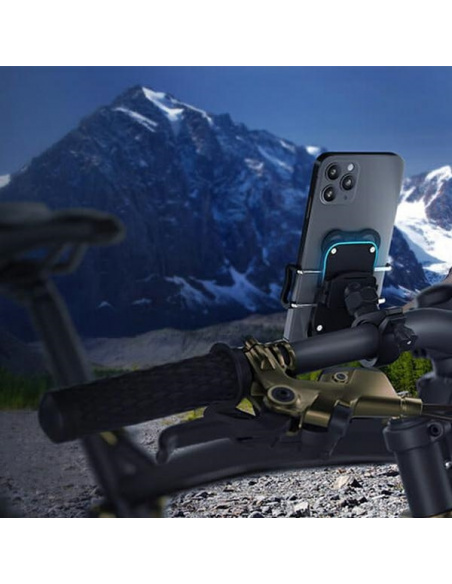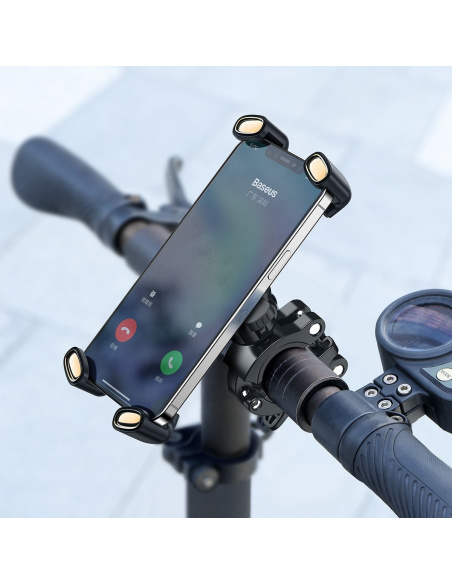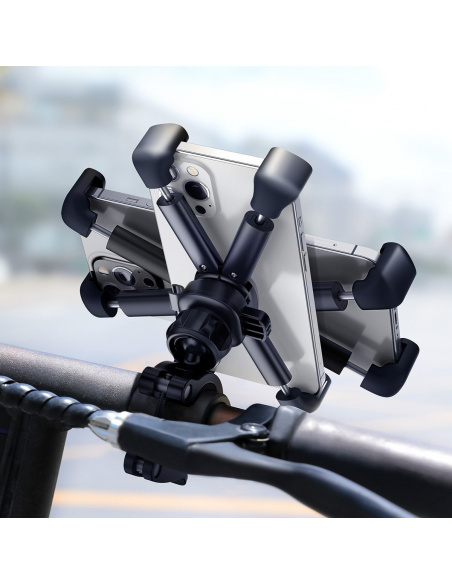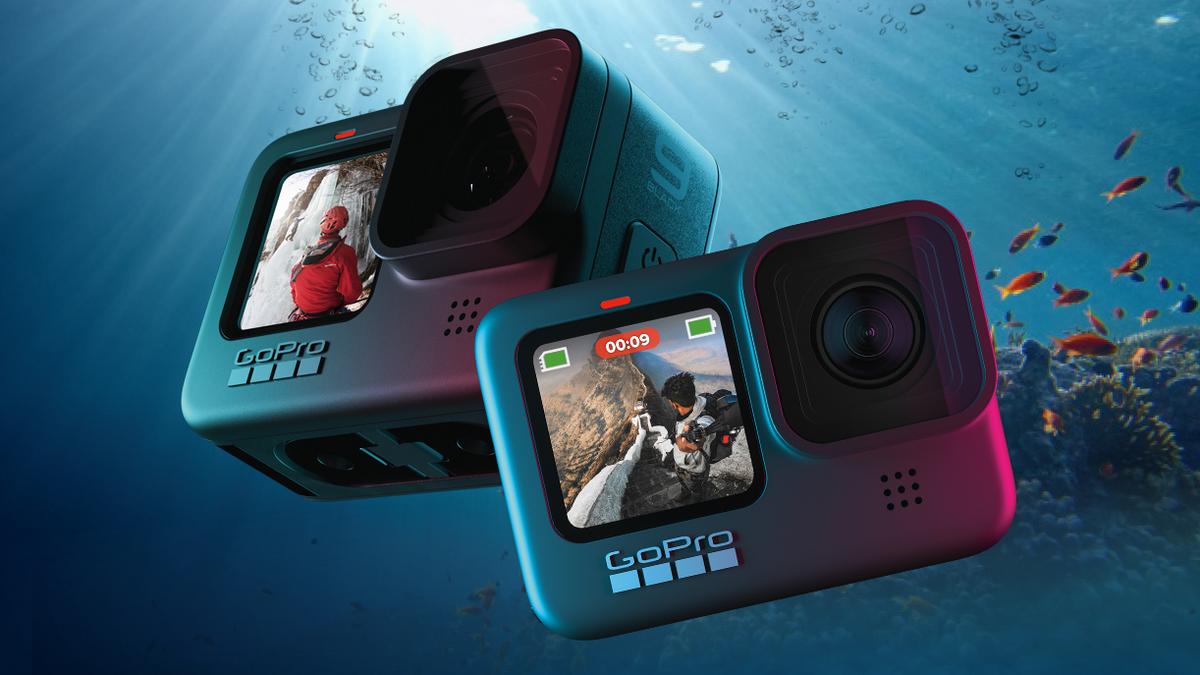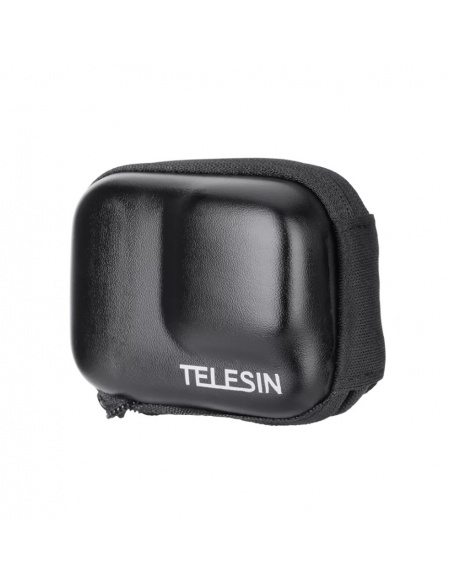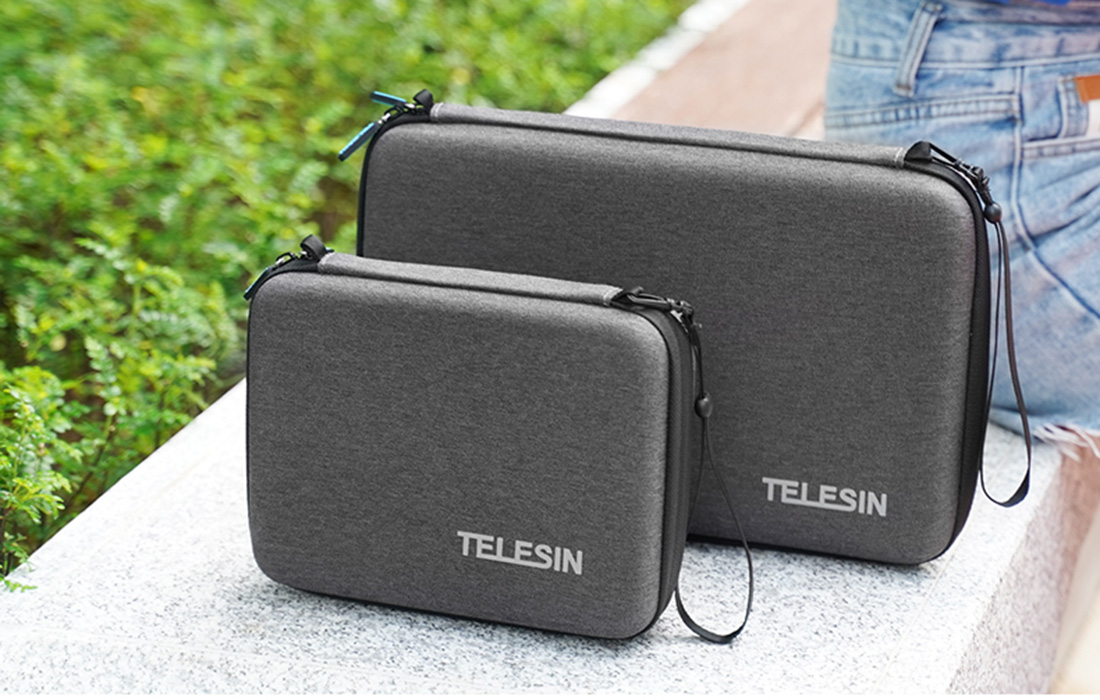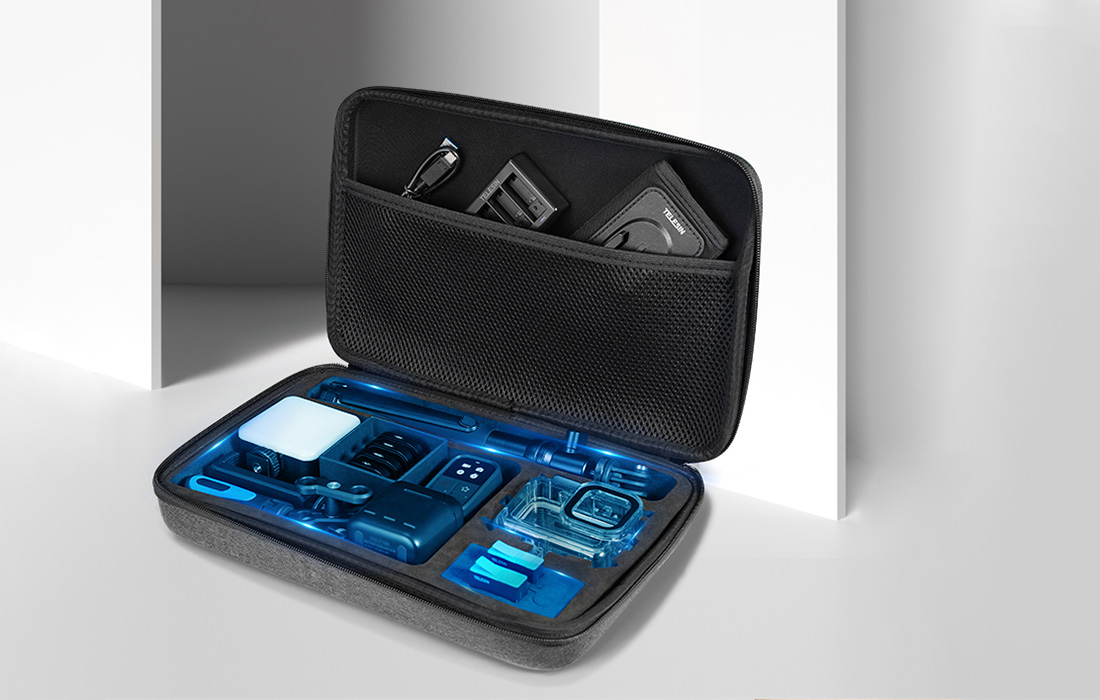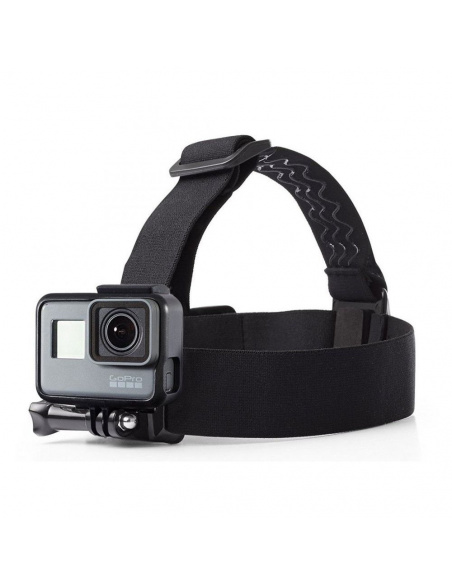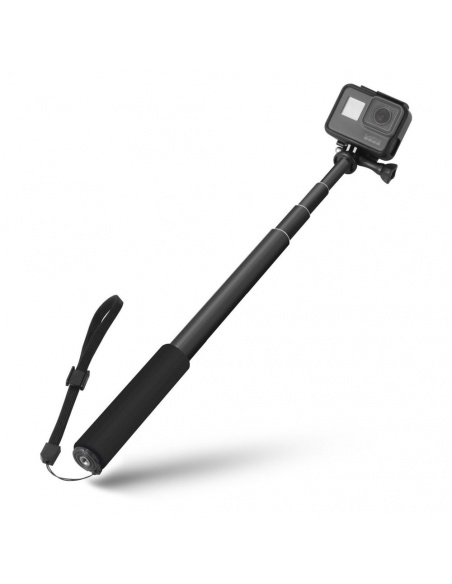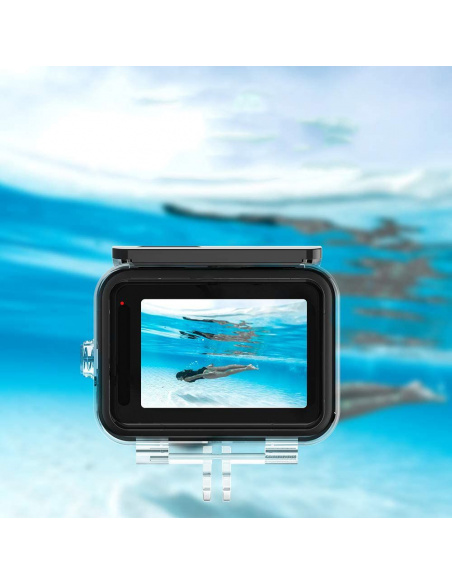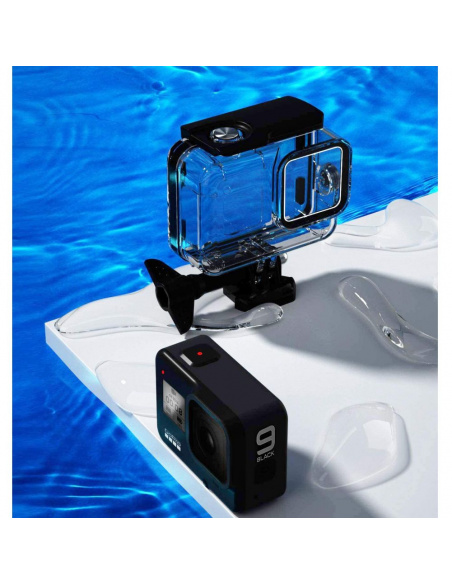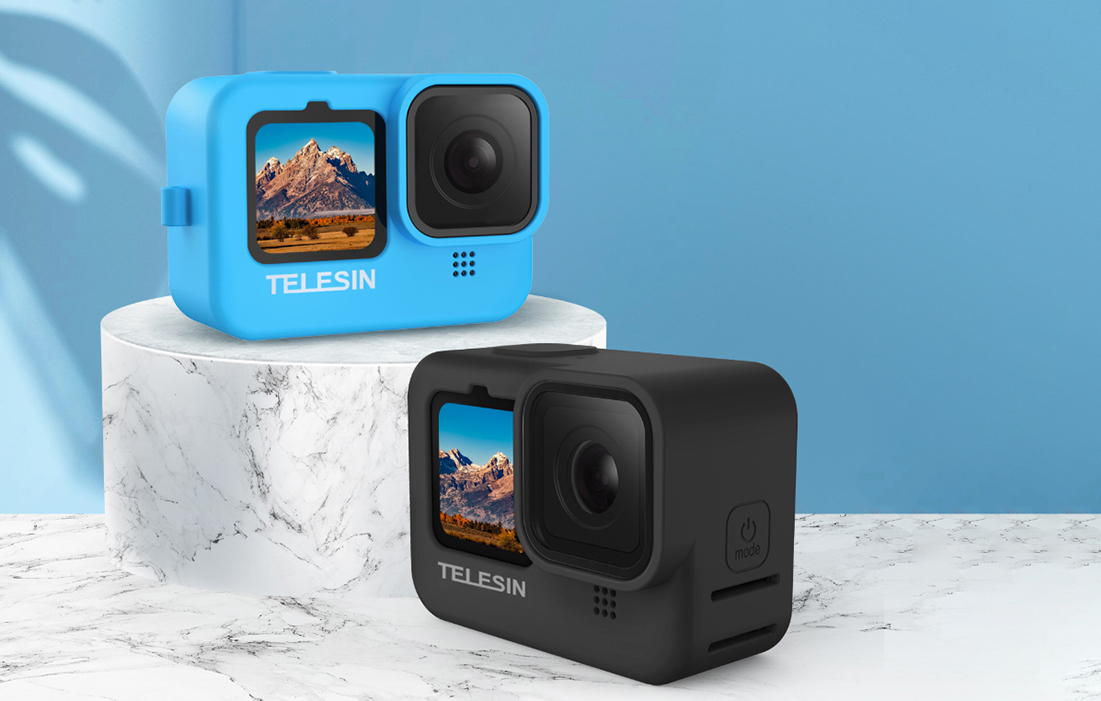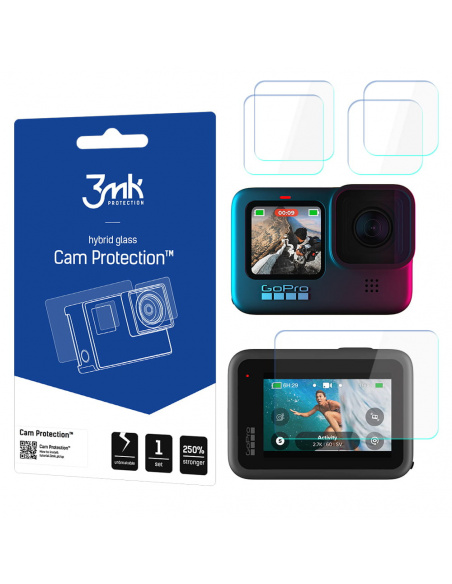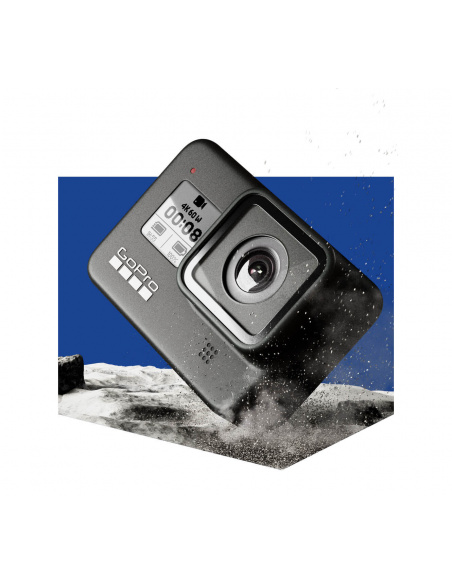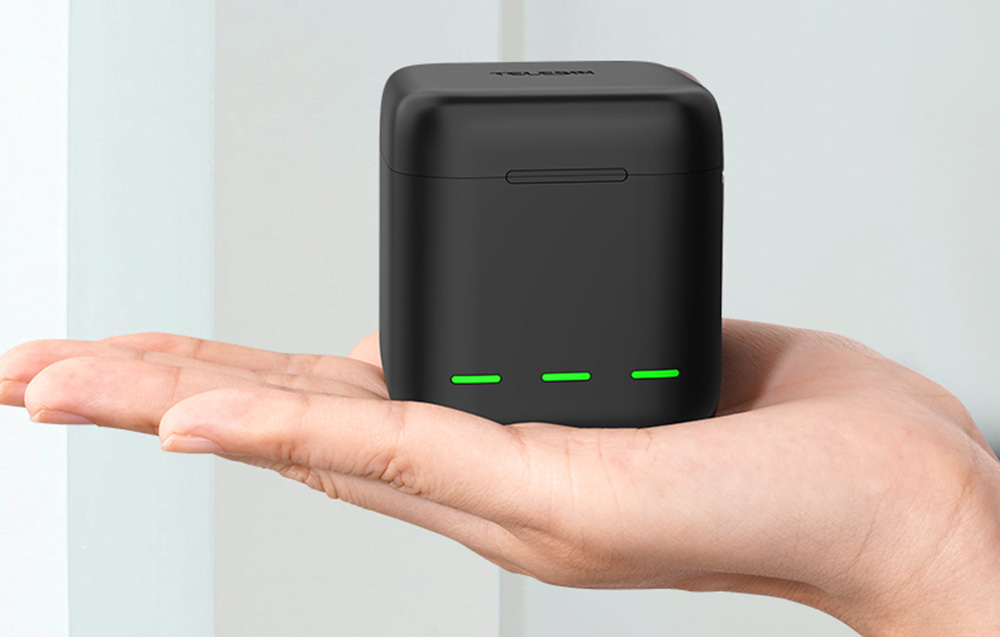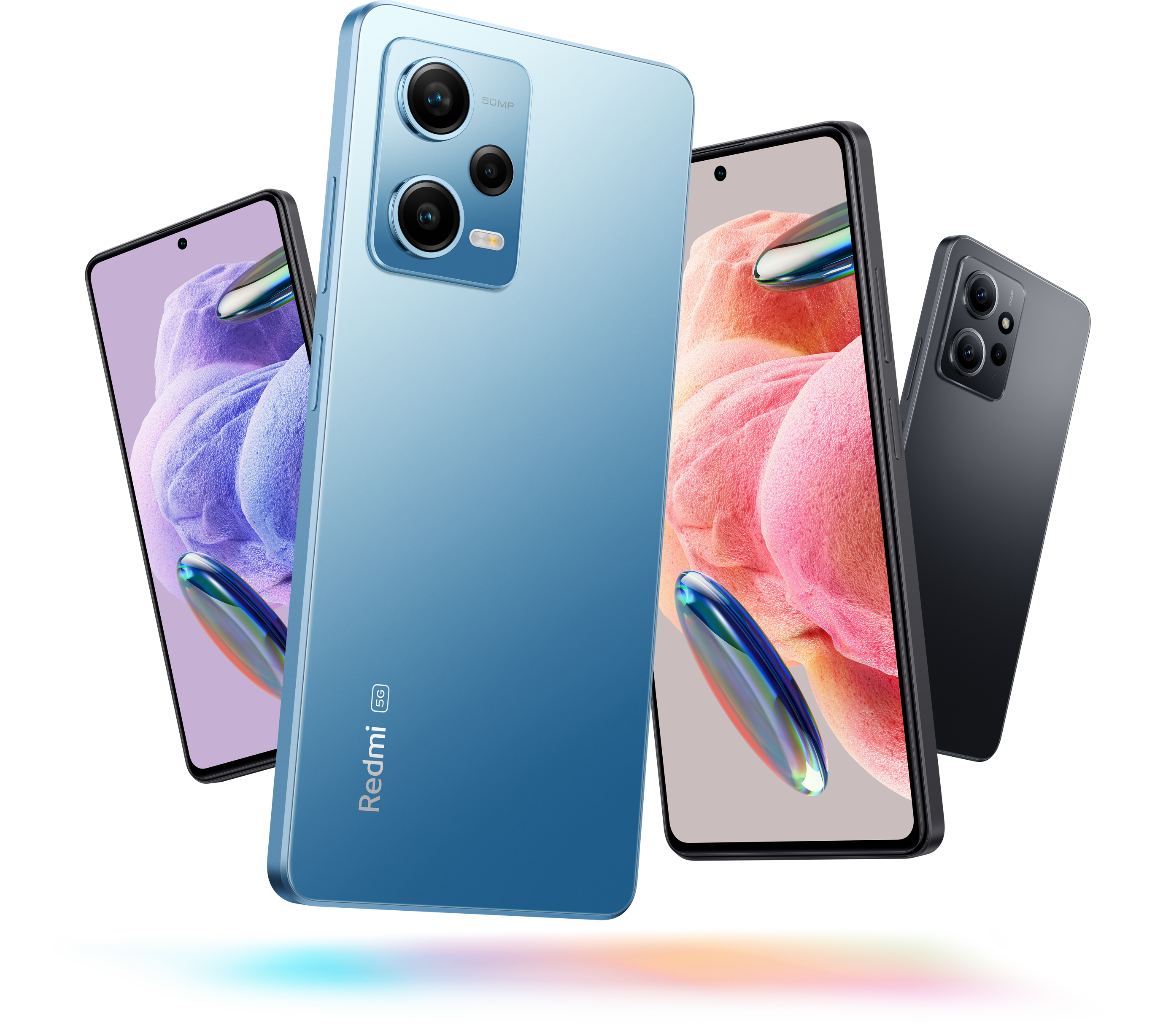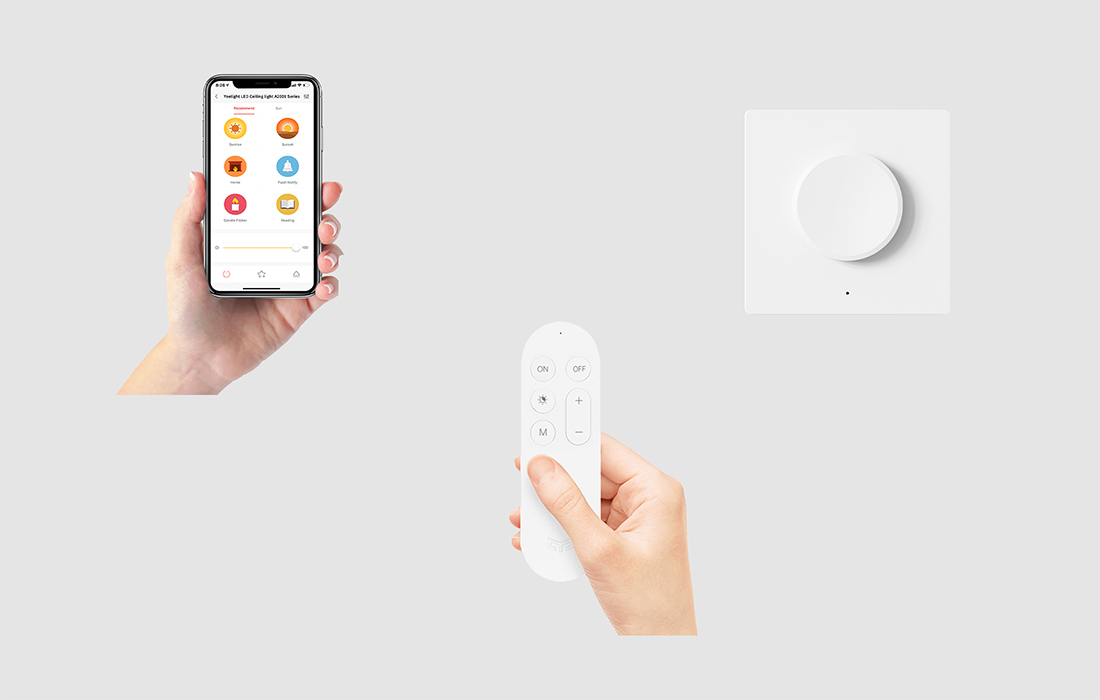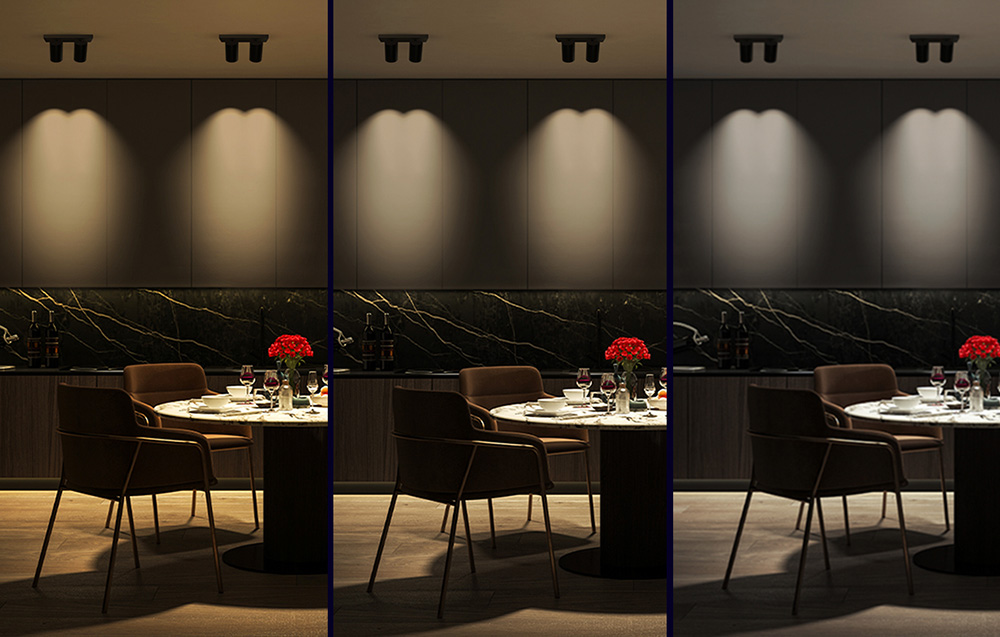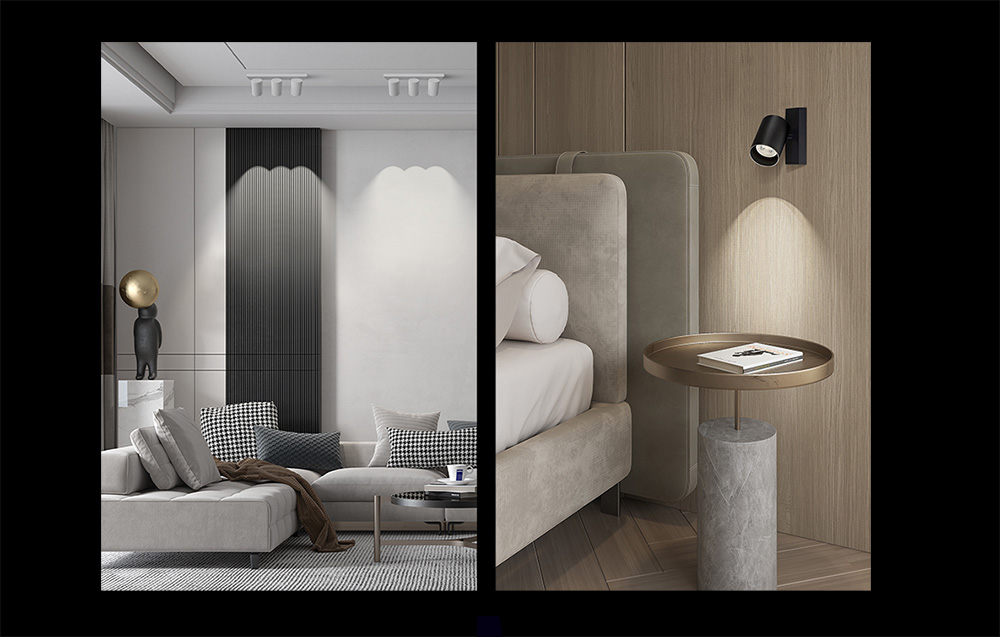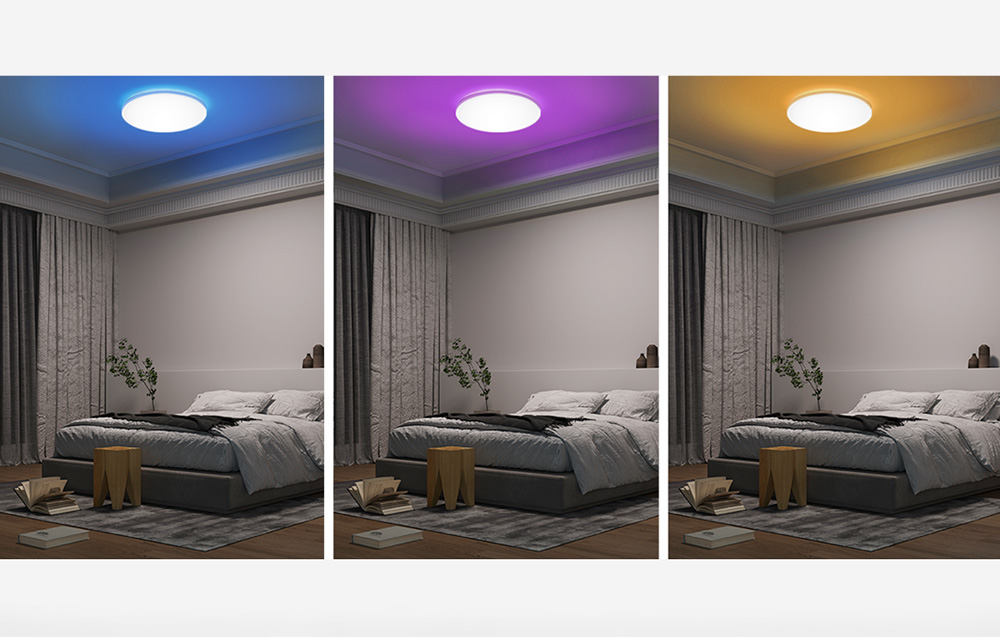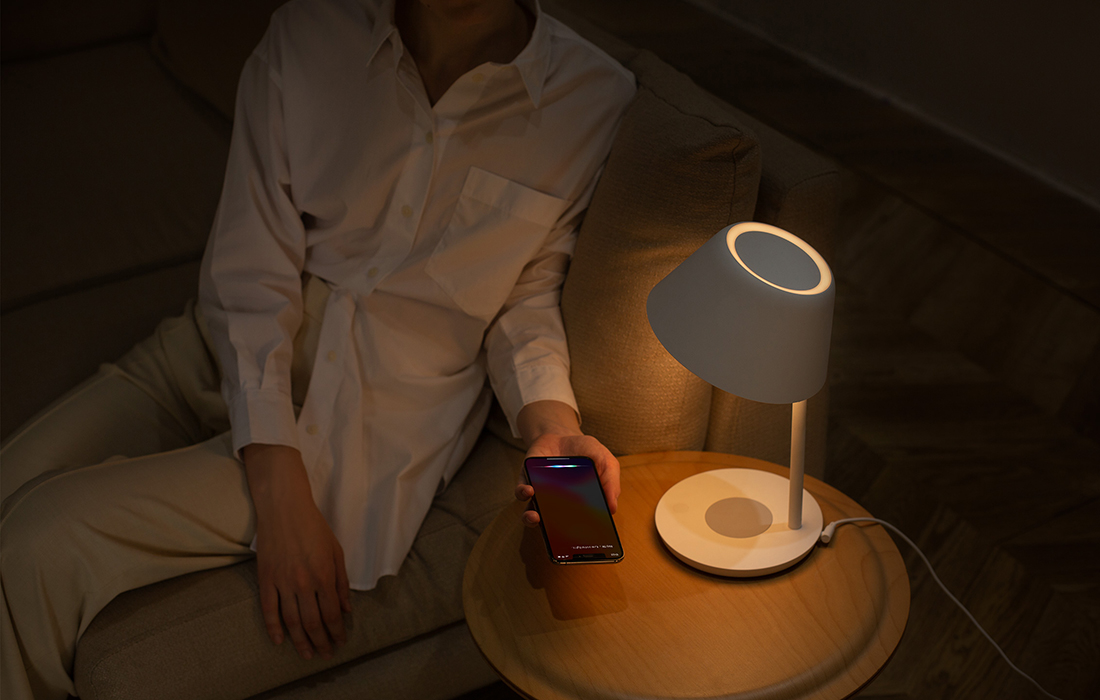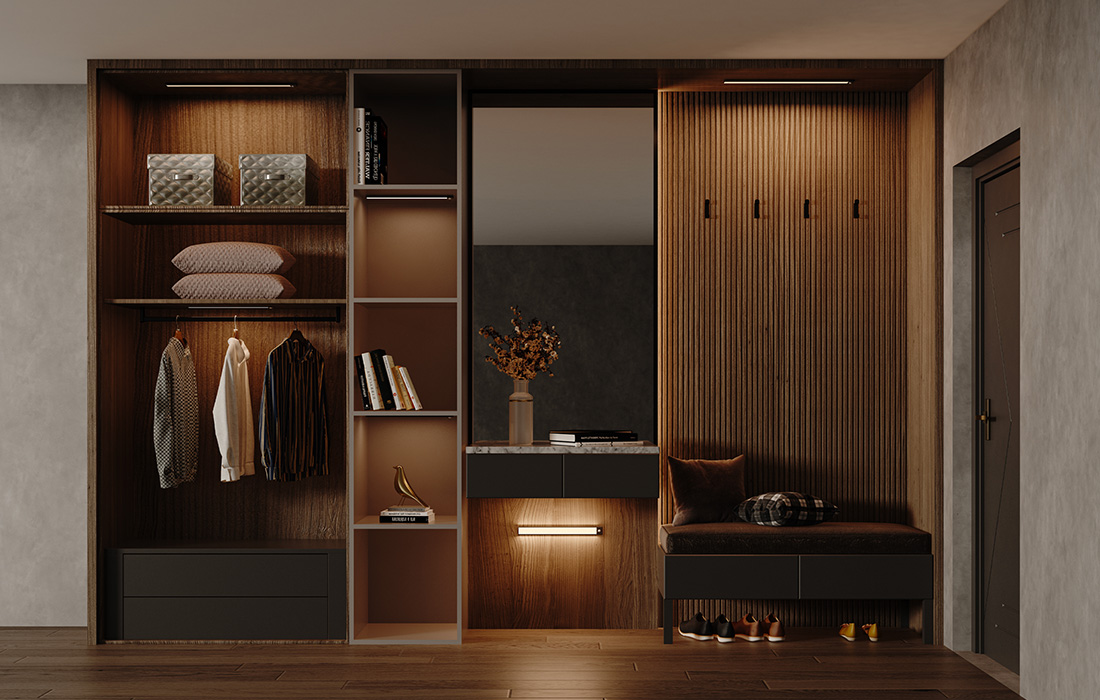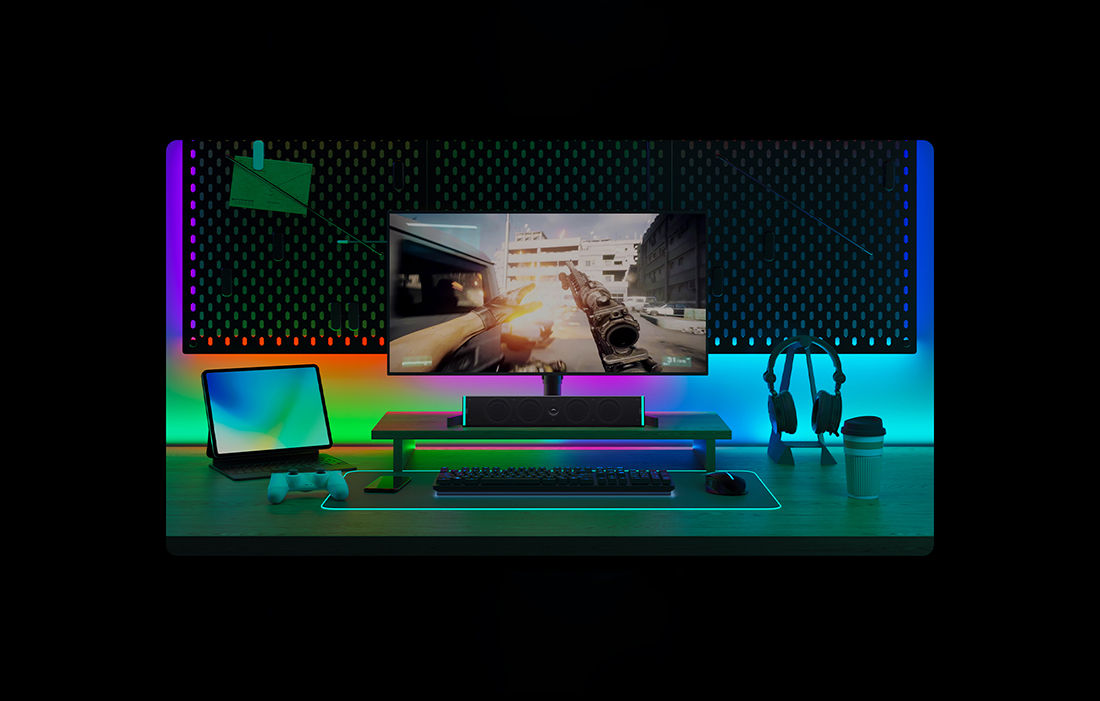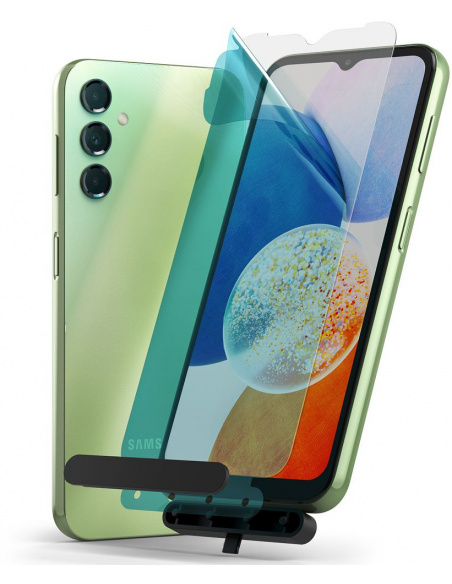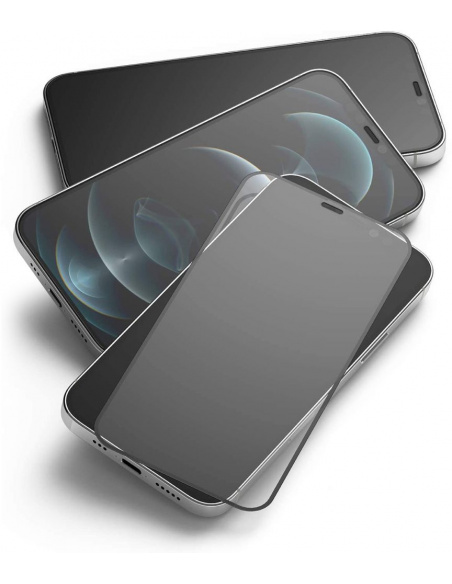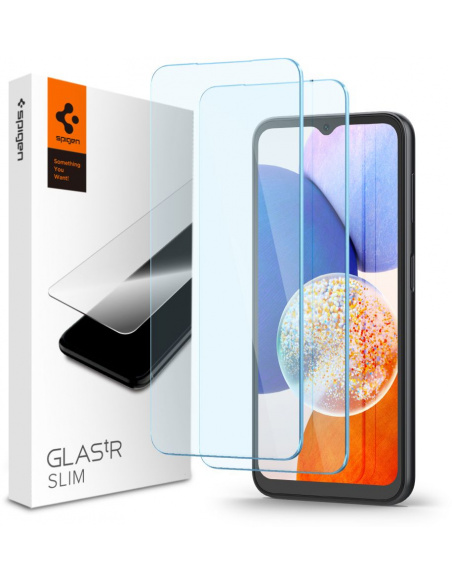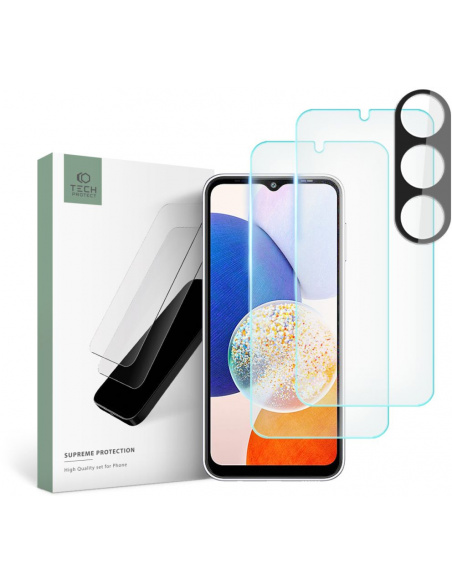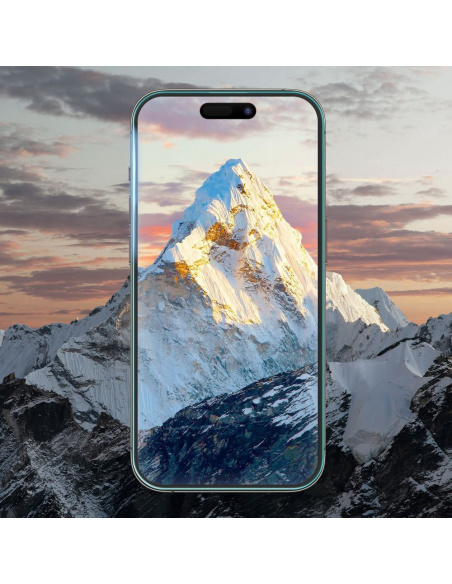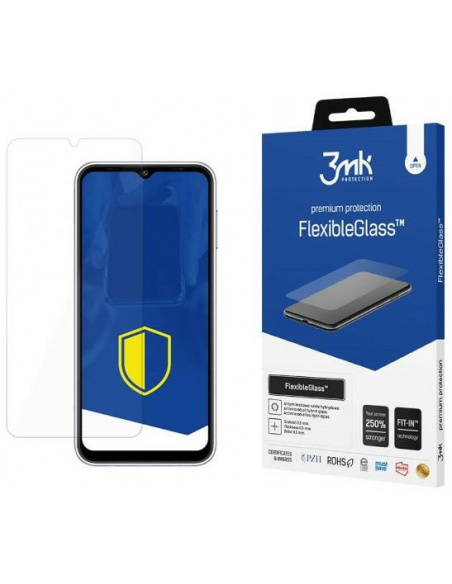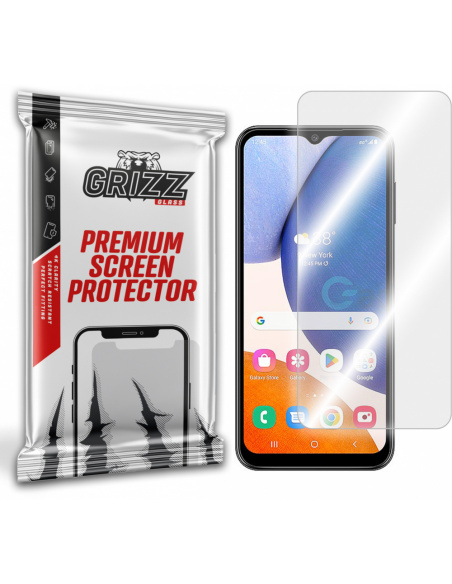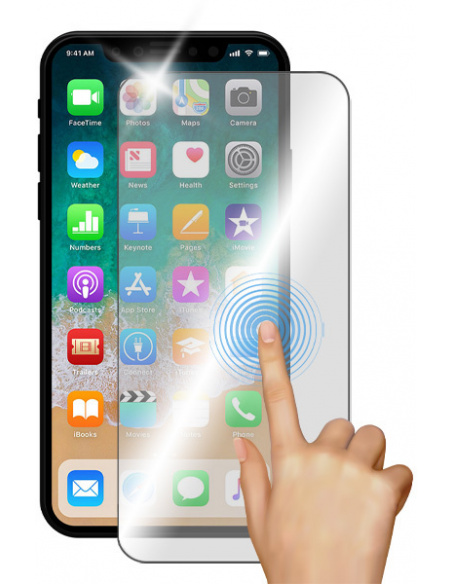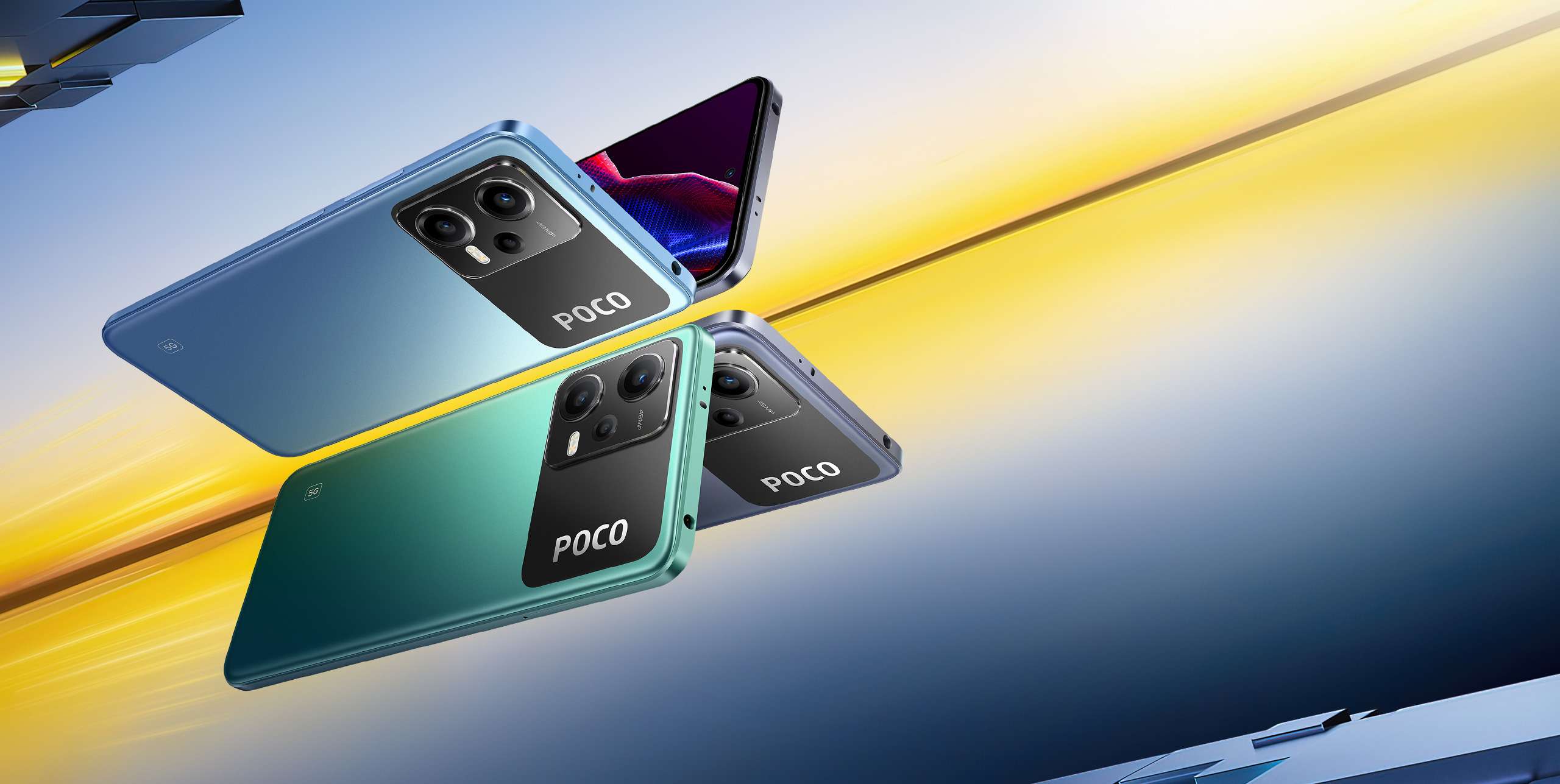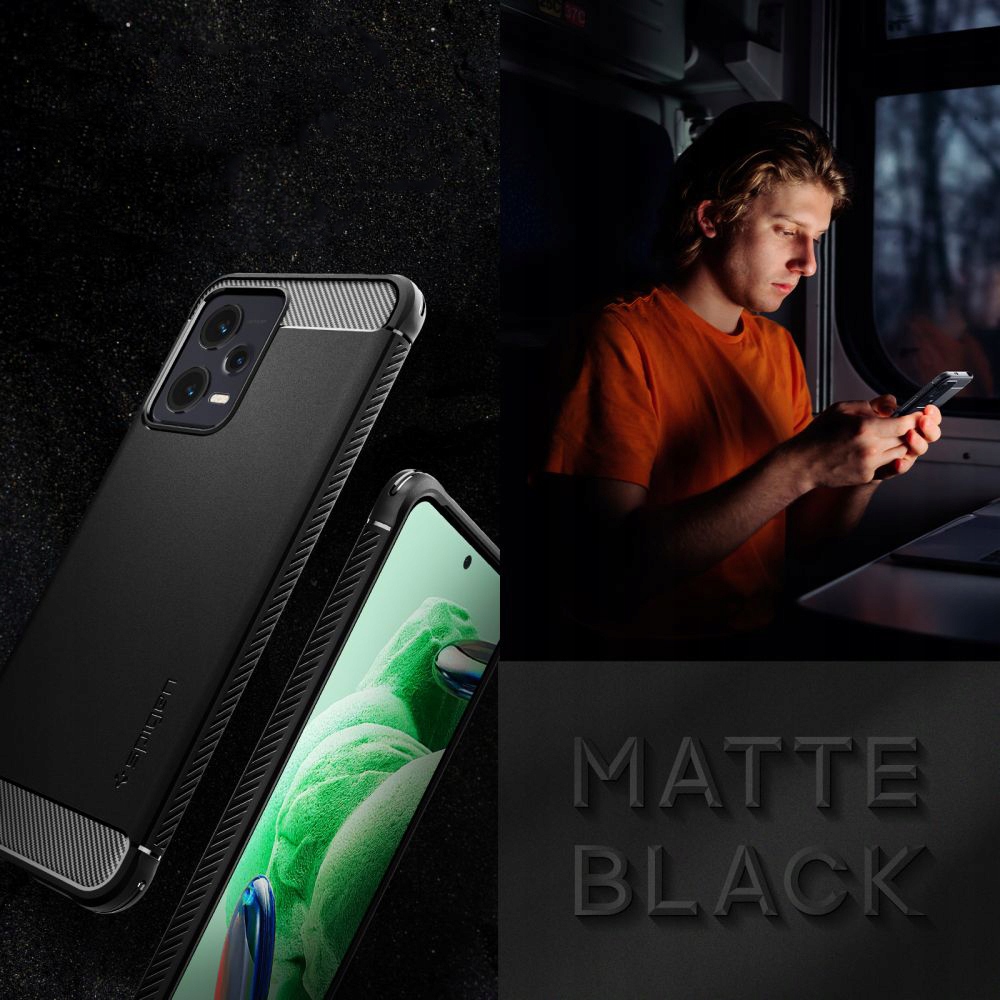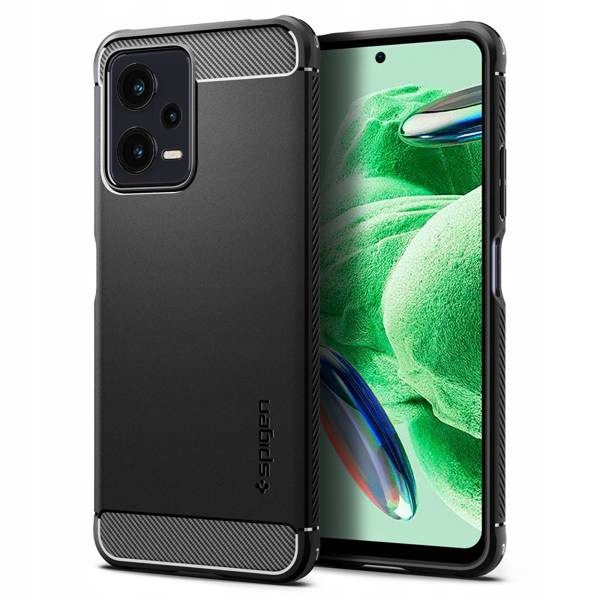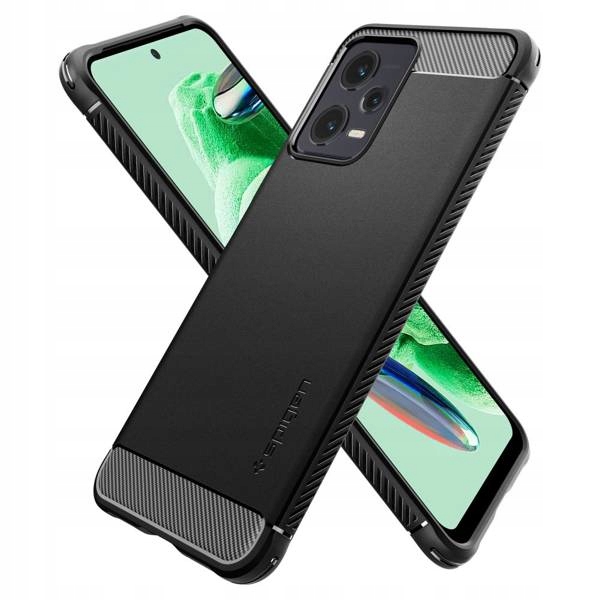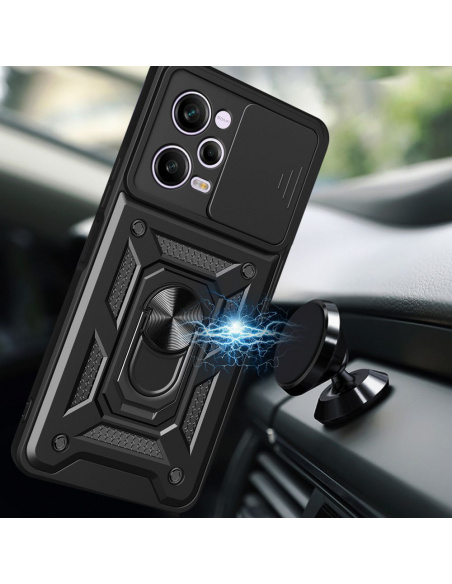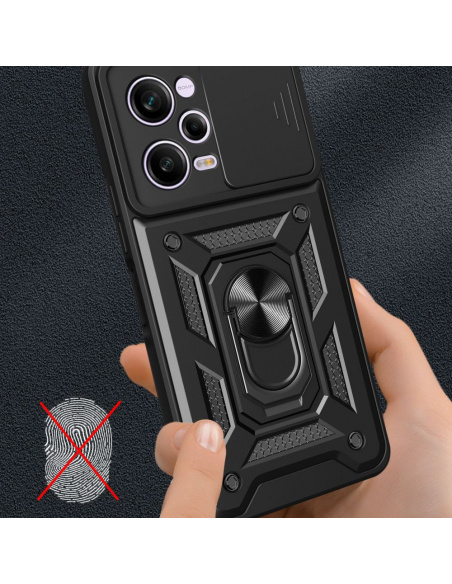
Today, a smartphone is not just a tool for making calls and sending messages, but also a portable computer, camera, music player, and much more. Thanks to the internet, apps, and many features, a smartphone allows you to take photos and record videos, listen to music, browse your favorite websites, read books, use mobile banking, or conduct video conferences. Due to such a large number of functions and applications, having the right accessories for your smartphone is becoming increasingly important to fully utilize its potential while also finding accessories that provide protection and security at the highest level.
One of the most important elements of phone protection is a case. A case protects the smartphone from mechanical damage, dirt, water, and dust. It is one of the cheapest and most effective forms of phone protection. There are many types of cases available on the market, depending on the user’s individual preferences. Among the options are leather, silicone, hard, soft cases, as well as cases with a wallet or stand function.
If you are looking for a case with increased resistance, it is worth considering covers that offer additional protection against drops and impacts. Rugged cases are a type of case designed to provide maximum phone protection. Made from durable materials, they have high impact resistance. Their purpose is to protect the device from mechanical damage, such as scratches, impacts, and drops. They often also have reinforced corners to protect the most vulnerable parts of the phone. When choosing the best rugged case, pay attention to brands like Supcase, Urban Armor Gear, Spigen, Ringke or X-Doria. Manufacturers of these brands offer covers that can handle protecting your smartphone, even in extreme and difficult conditions.
Besides protection, a case can also serve functional purposes. Many manufacturers offer cases with pockets for credit cards, banknotes, or documents. Instead of carrying a phone and wallet separately, a wallet case allows you to store both in one place. In most cases, the case has a magnetic closure or clasp, which additionally protects the phone from accidentally falling out of the case. A wallet case is a great option for people who want to have everything in one place. Here, I recommend paying attention to cases from Tech-Protect, Puro, or Icarer. Cases from these manufacturers provide protection, convenience, and privacy, while also being very stylish and fashionable.
Another essential accessory is protective glass, which protects the screen from scratches, cracks, or chips. Thanks to this, you don’t have to worry that a phone drop will cause screen damage, which is often costly to repair. It is worth noting that many protective glasses have minimal impact on touch sensitivity, so using the phone is the same as without the glass. There are several types of protective glasses. The most popular are tempered glass and hybrid glass. Tempered glass is much harder than standard glass, while hybrid glass combines the features of tempered glass and protective film. Hybrid glass is more flexible than tempered glass but equally effective in protecting against scratches and damage. Some users opt to purchase only protective film, which is one of the simplest and cheapest solutions. I encourage you to check out the offer of protective glasses and films in our store. We offer many renowned brands, such as 3mk, Hofii, Spigen, Ringke, Baseus, Nillkin or GrizzGlass, which offer products of the best quality. It is important to remember that protective glass is relatively cheap compared to the costs of repairing or replacing the entire phone screen, so its purchase should be obvious if we want to increase the phone’s durability, protecting it from damage and thus extending its lifespan. In our store, you will find a wide selection of products that fit your phone and meet your requirements. Don’t wait and secure your phone today to enjoy its long and trouble-free use.
Another essential accessory is, of course, a charger. Having a phone charger is extremely important because it allows for easy and quick charging of the device. There are different types of phone chargers, including wall chargers, which are considered traditional chargers that are plugged into an electrical outlet and connected to the phone via a cable. It is important to pay attention to several issues such as the charging power of a given charger or the type of charging port. Depending on the phone model, it is worth choosing a charger with a USB-A, USB-C, or Lightning port, and also checking whether the charger has protections against overvoltage, short circuit, or overheating, which allows for safe phone charging.
Inductive chargers are devices that allow wireless charging of smartphones and other devices supporting wireless charging technology. Thanks to them, you don’t have to use traditional charging cables, which makes using the device easier and charging much more convenient.
It is also worth mentioning inductive chargers with a car mount, which allow charging the smartphone while driving. This enables safe use of navigation and other functions without worrying about the battery running out.
In the Home Screen store, inductive chargers from brands such as Baseus, Joyroom, USAMS, QIYI, Choetech, or Spigen are available.
Also very popular are MagSafe chargers – developed by Apple. They are intended for iPhone 12 and newer models. MagSafe chargers have a magnetic connector that provides a stable connection to the phone and enables wireless charging. MagSafe chargers are equipped with a neodymium magnet that attracts the phone to the charger and allows for fast charging without the need to connect a cable to the charging port. They are also compatible with MagSafe cases, which are designed specifically for iPhone 12 and newer phones, allowing for wireless charging without having to remove the case from the phone.
When we talk about phone accessories, we cannot forget about power banks – very useful devices that allow us to charge our smartphone anywhere and anytime. Having a power bank has many benefits, especially in situations where we lack access to an electrical outlet or when we are going away for a longer time. With a power bank, we can be sure that our devices won’t “die” on us at the least convenient moment. There are power banks available on the market with different capacities, starting from 5000 mAh. Most people choose those with a capacity of 10,000 mAh, 20,000 mAh, and larger, which increases the number of charges and allows for charging multiple devices simultaneously. However, it is important to pay attention to the size and weight, as the larger the capacity, the heavier and more expensive the power bank is. Therefore, it is worth carefully considering your needs and choosing a power bank with the appropriate capacity and functionality that will meet your expectations. In our offer, you will find many models of power banks from renowned manufacturers such as Joyroom, Romoss, Baseus,USAMS or Dudao. The power banks available with us, of course, differ in capacity and size, which allows you to choose the right model for your needs.
Having the right phone cable is another essential accessory for every smartphone owner. First and foremost, it allows for charging the device and transferring data between the phone and other devices, such as a computer or TV. There are different types of cables available on the market, depending on the type of port on the phone and the device you want to connect to. Nowadays, the most popular are cables with a USB Type-C, Micro USB, and Lightning port. In the Home Screen store, cables from renowned brands such as Puro, Joyroom, Ugreen, Mcdodo,Usams, Baseus and many others are available. All of them are characterized by high-quality workmanship and fast device charging. Cables from the Puro brand are known for their durability and resistance to wear. Joyroom cables, on the other hand, are characterized by fast charging and exceptionally durable connectors. Ugreen offers cables in various lengths and with surge protection, which protects our phone from damage. Mcdodo cables have unique solutions, such as automatic disconnection after the battery is charged or LED indicators showing the charging status. Usams cables are compatible with most devices and allow for fast charging. Baseus cables, on the other hand, offer fast charging and fast data transfer function. All these brands ensure high-quality workmanship and reliability, making their cables a popular choice among smartphone users.
Most users cannot imagine using a phone without having good quality headphones. Thanks to them, we can enjoy music, make phone calls, or use a voice assistant without holding the phone to our ear. There are two types of headphones on the market. These are wired and wireless headphones. Wired headphones, as the name suggests, are connected to the phone via a cable. Their main advantage is the lack of need for charging, which means we can use them continuously as long as they are connected to the device. Wired headphones are also usually cheaper than wireless ones.
Wireless headphones are becoming increasingly popular among phone users. Their main advantage is the lack of need for a cable, which gives greater freedom of movement while listening to music or making phone calls. Wireless headphones also usually offer better range, allowing us to use them at a greater distance from the phone. However, when deciding to purchase wireless headphones, we must remember the need to charge them. The batteries in wireless headphones need to be charged regularly, which means we must remember to charge them, for example, before leaving the house.
In our Home Screen store, we offer many different models of wired and wireless headphones. The offer includes products from brands such as Baseus, Joyroom, USAMS, Xiaomi, Blitzwofl, Mcdodo, Haylou and many others. Everyone will find something for themselves, regardless of their preferences and needs.
Selfie stick is a very useful accessory for everyone who likes to take pictures of themselves. Having this accessory gives greater freedom and creativity in taking photos, allows you to take pictures from different perspectives and angles, which can make your photos more interesting and original. It also allows you to take pictures from a greater distance – thanks to the selfie stick, you can take a picture from a further distance, which is useful, for example, when taking group photos. In our offer, we have selfie sticks from brands such as Baseus, Tech-Protect, Usams, Spigen, Mcdodo or Blitzwolf. Browsing our offer of selfie sticks, you will surely find the perfect model for yourself and start enjoying easier photo-taking 🙂
